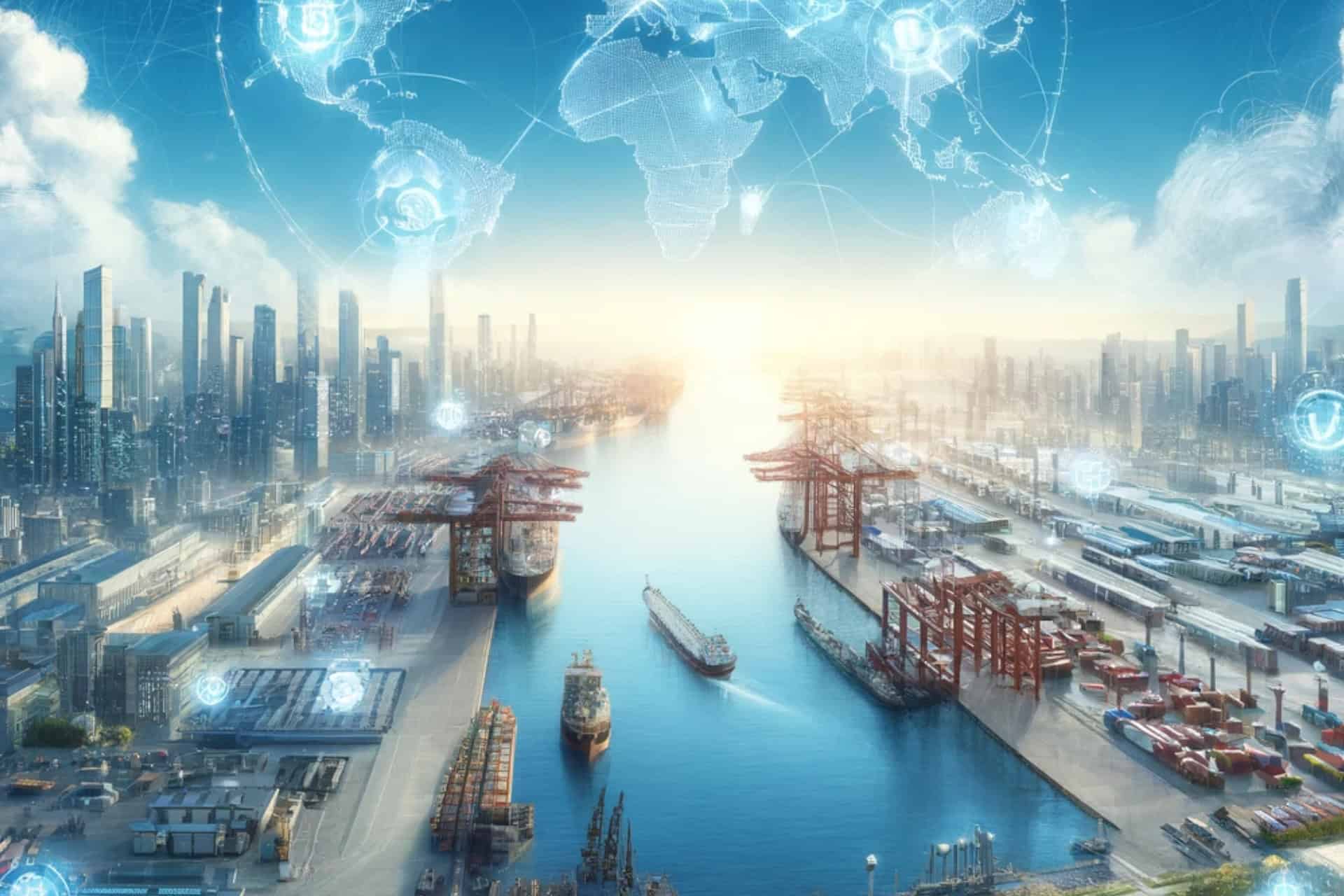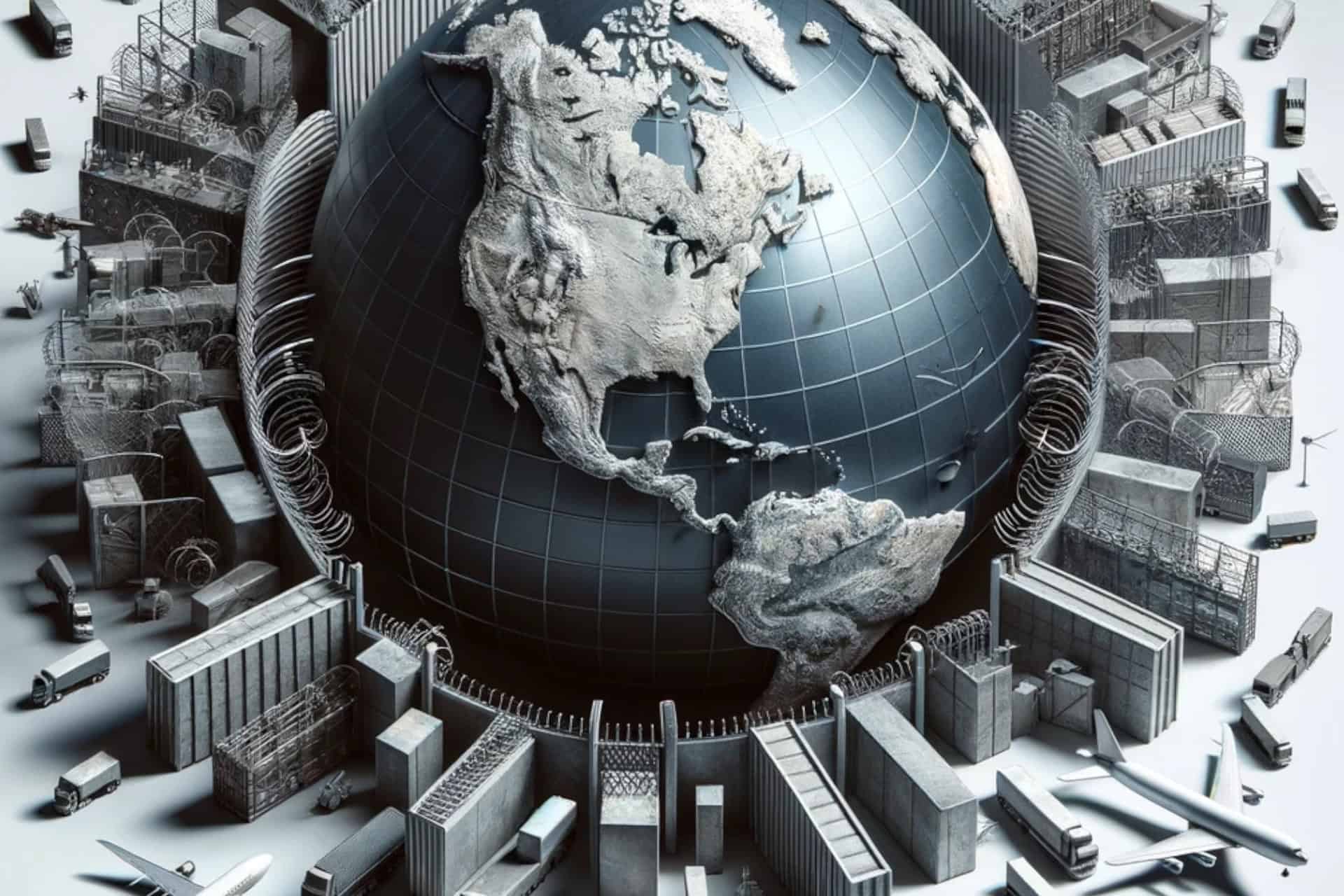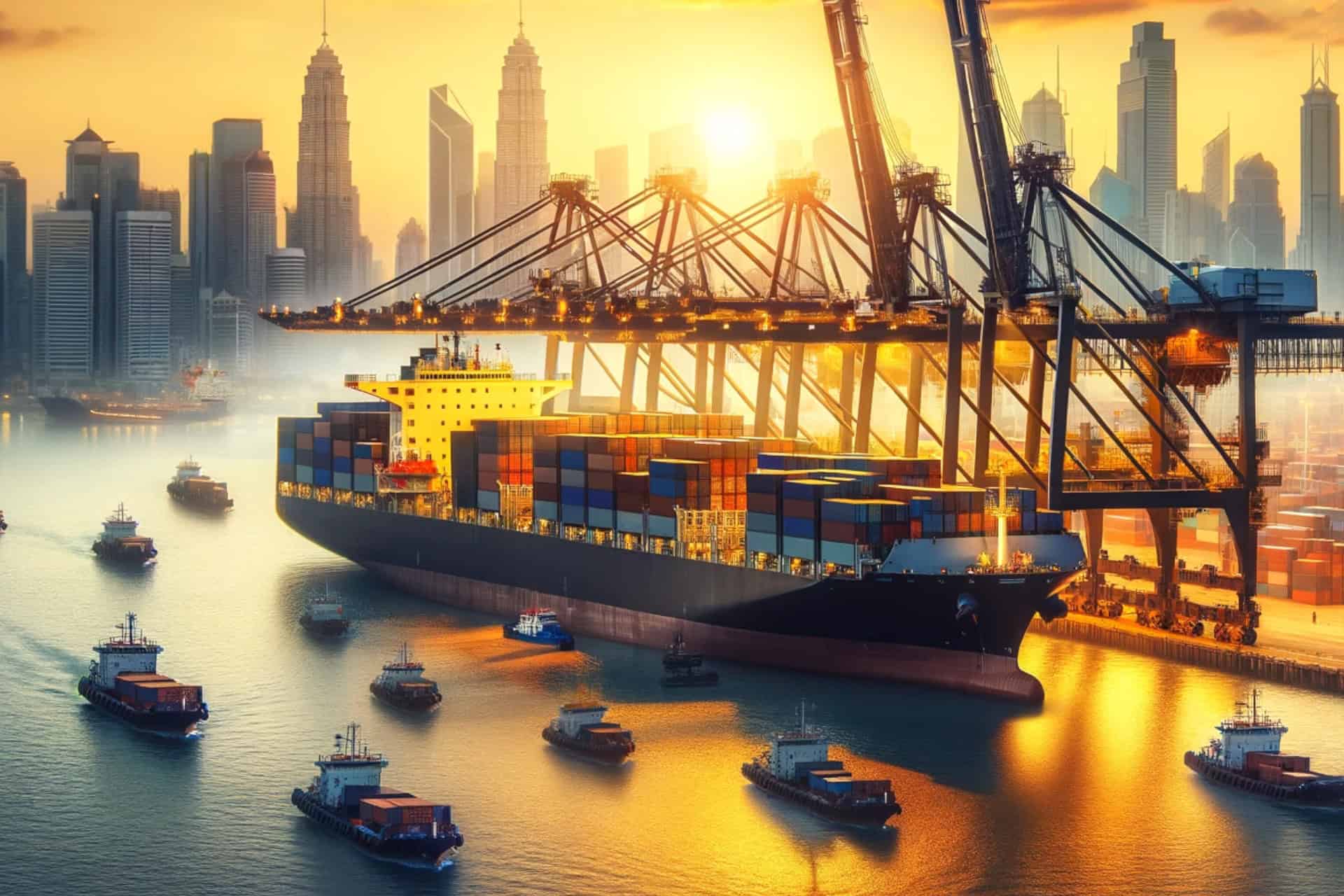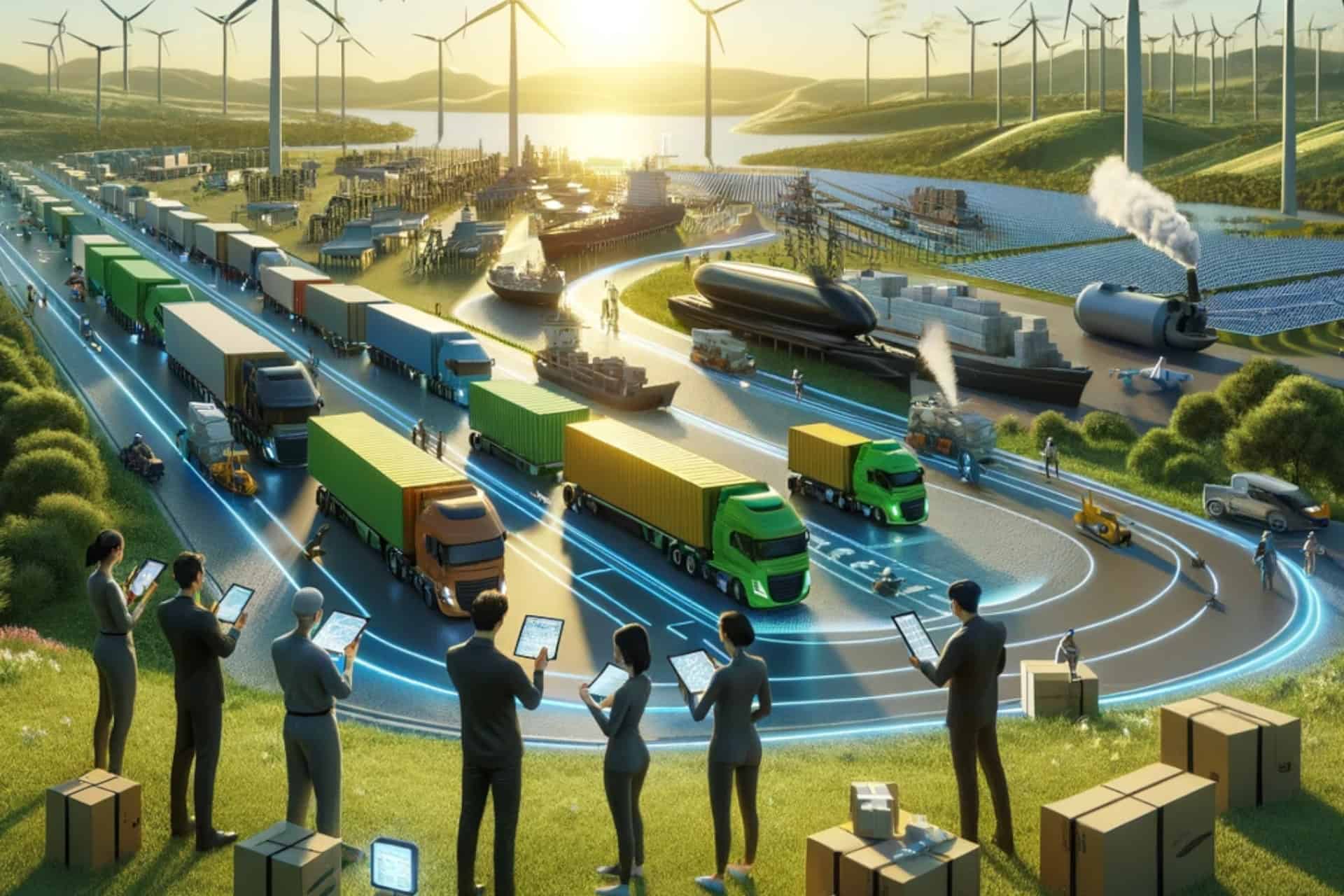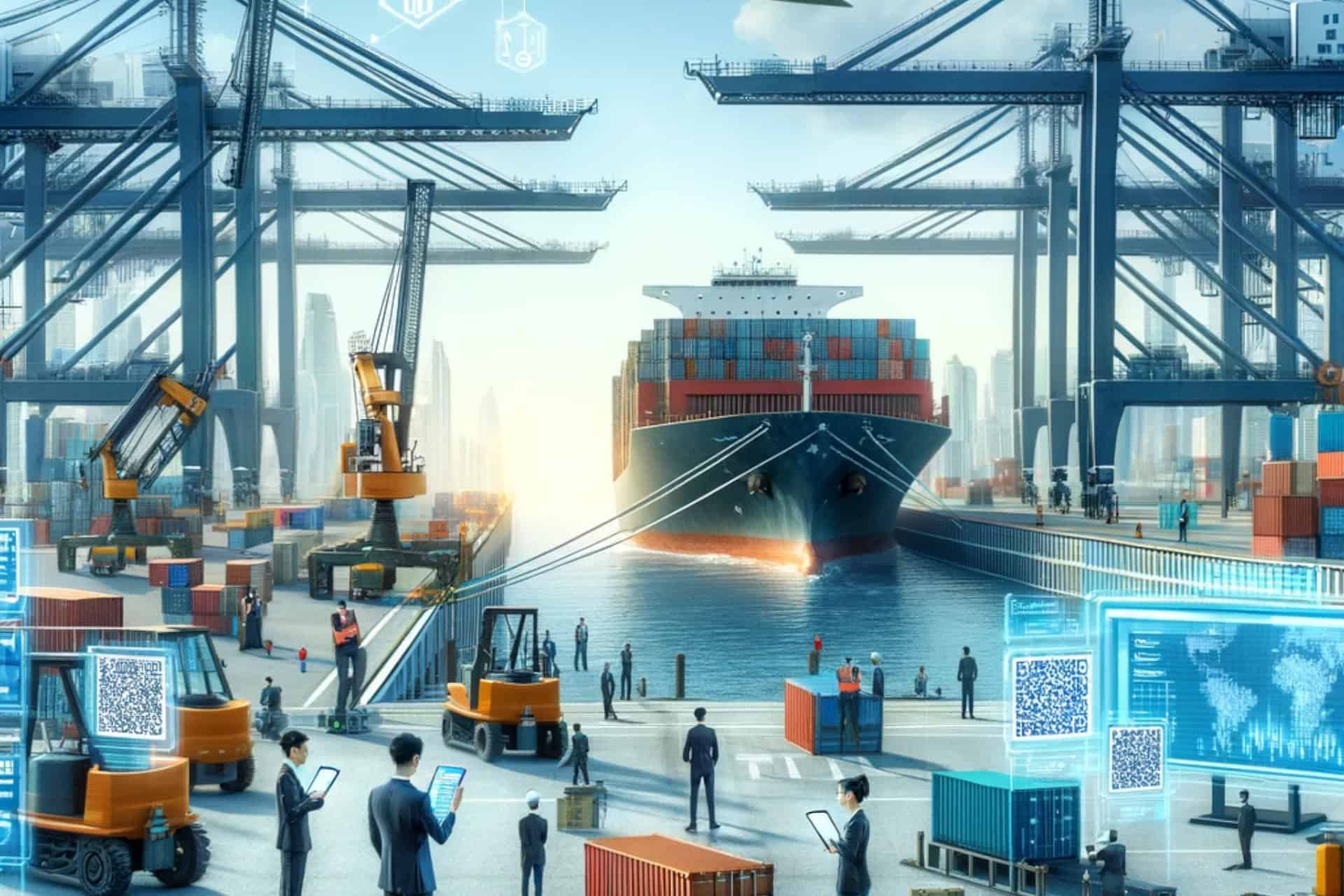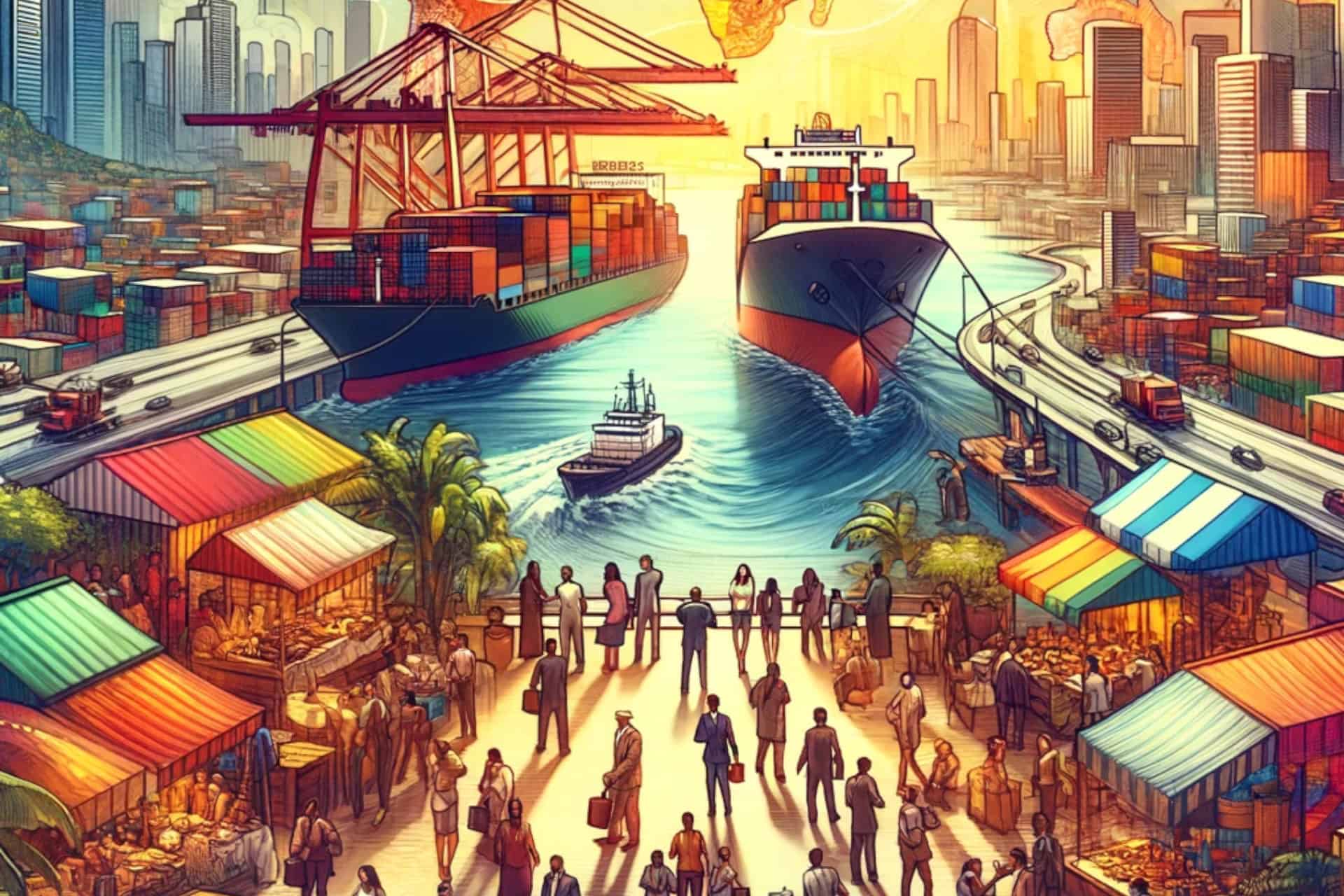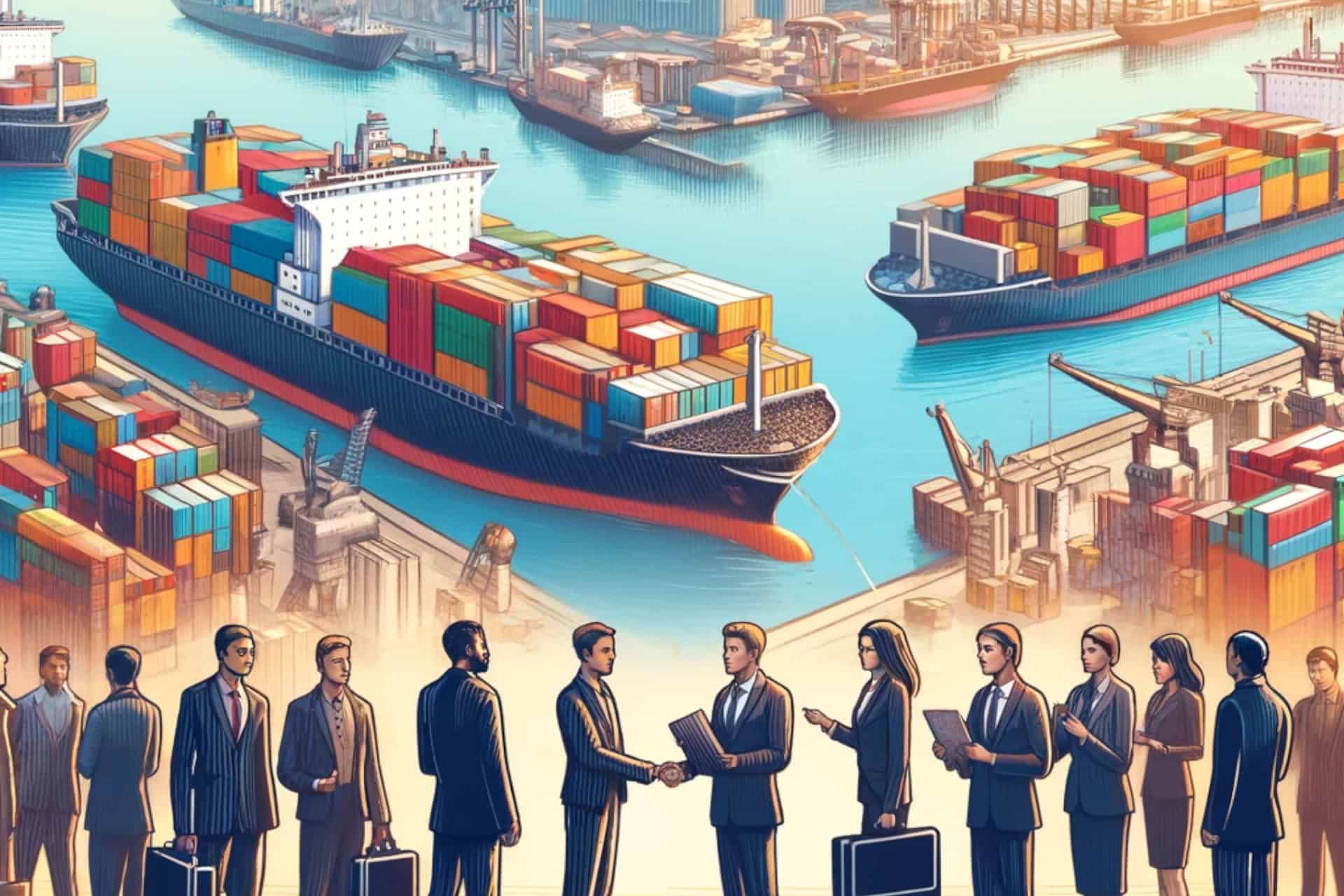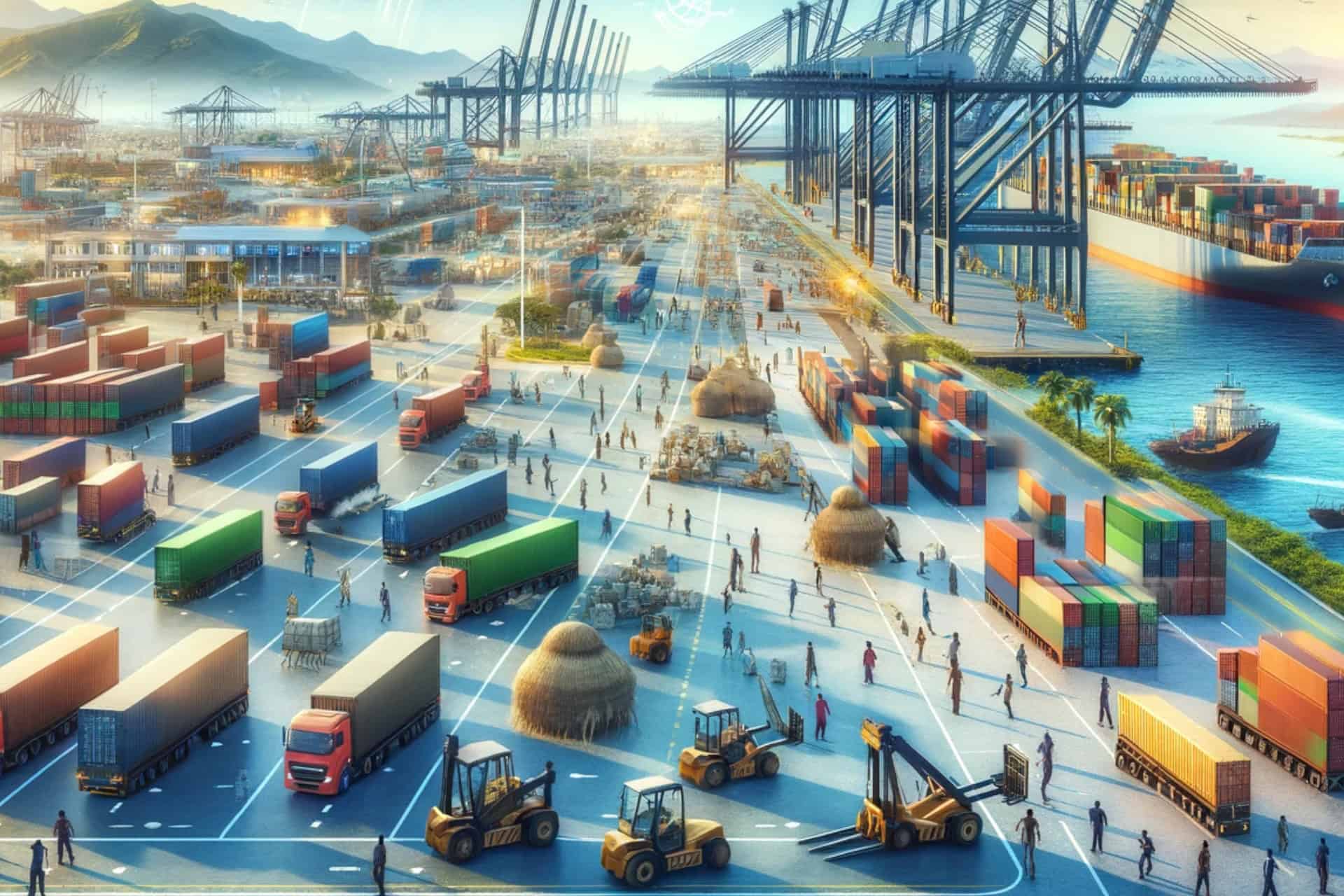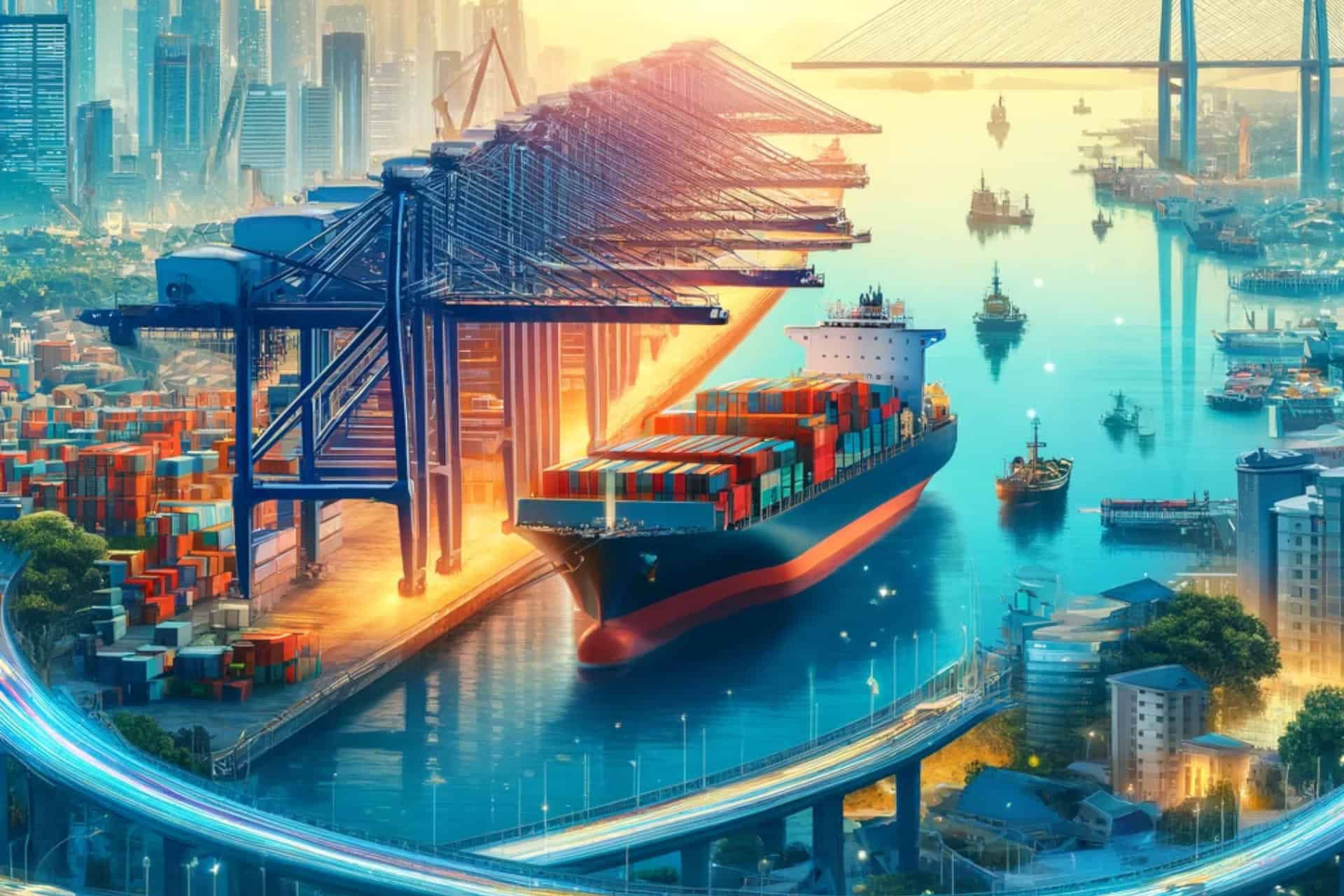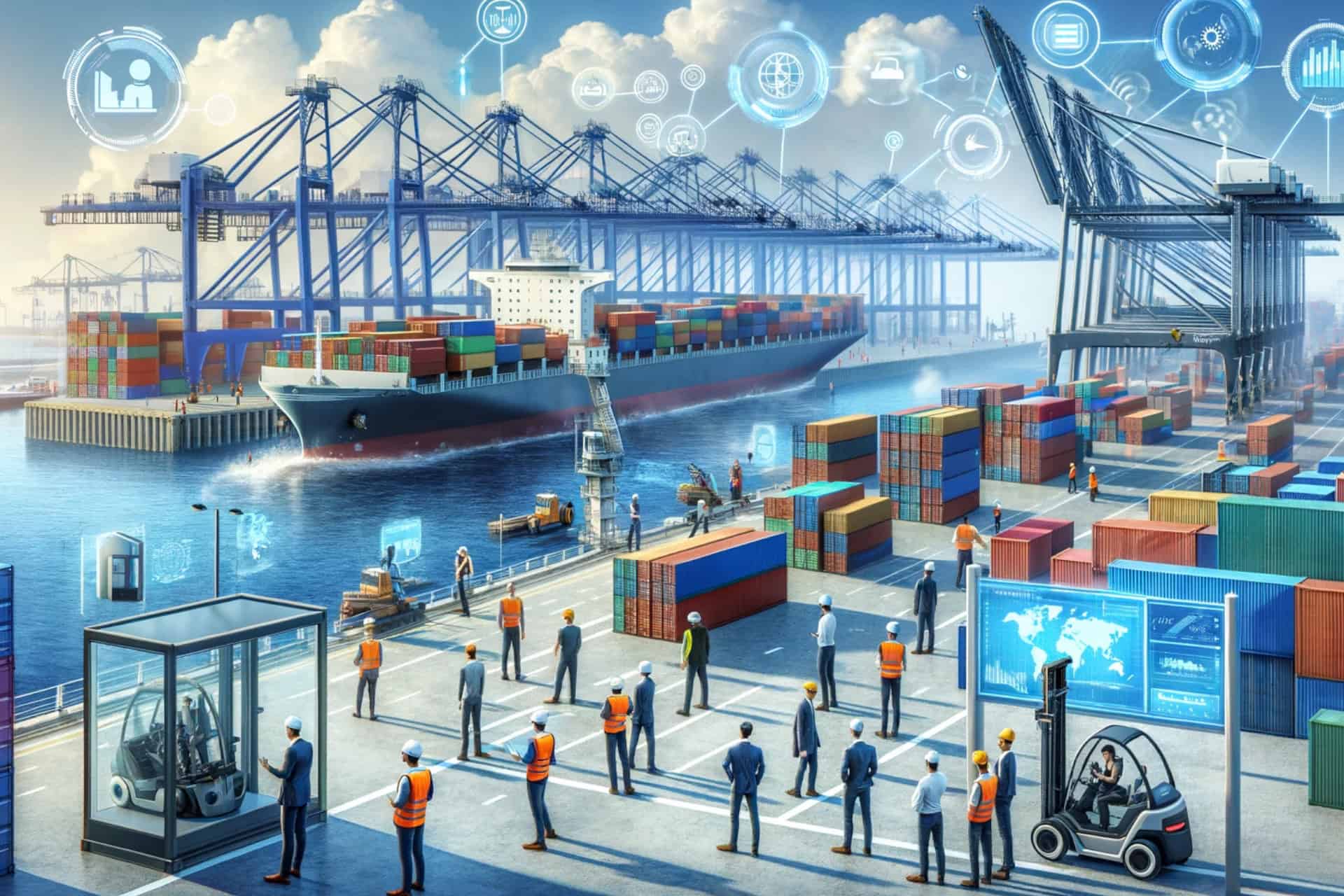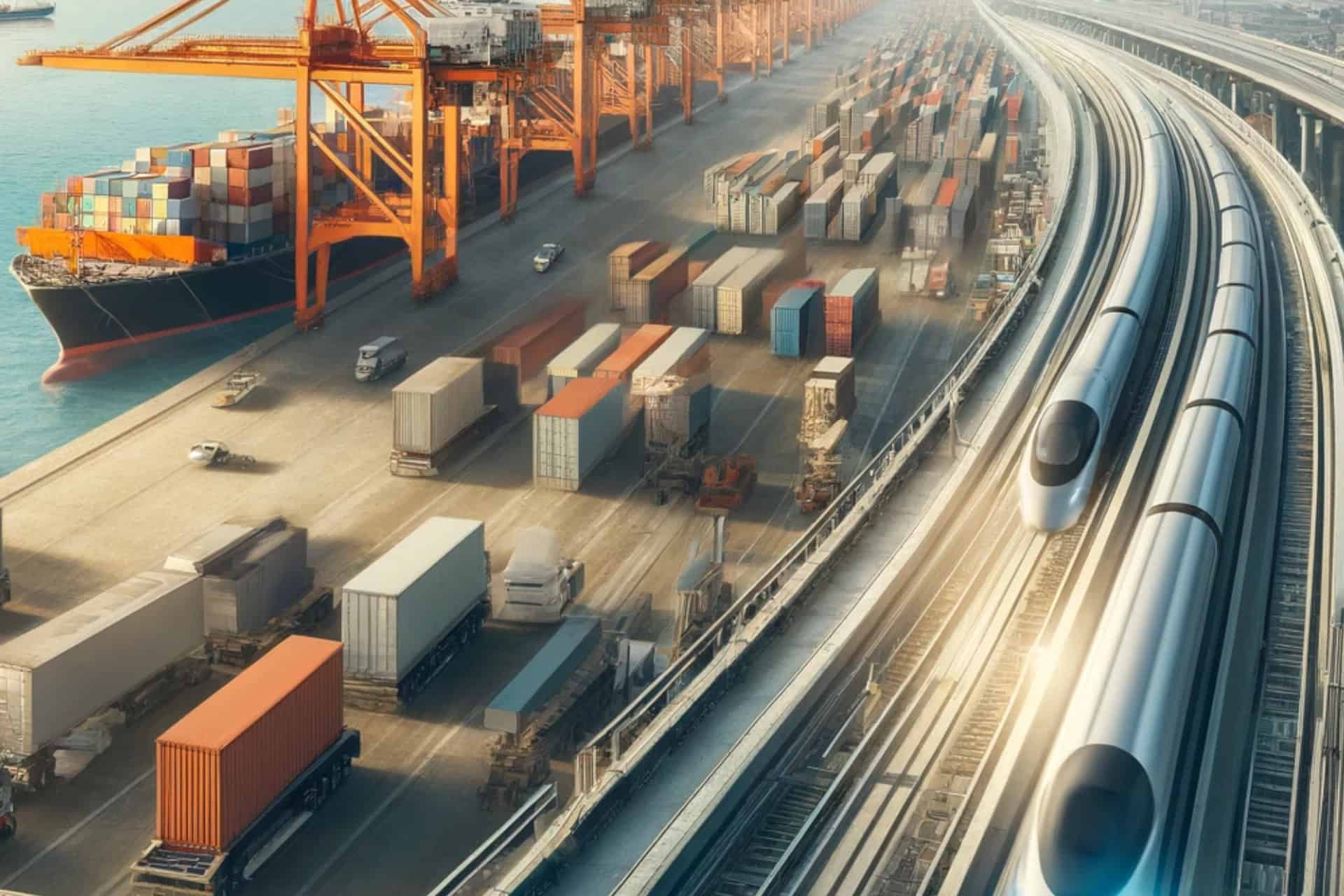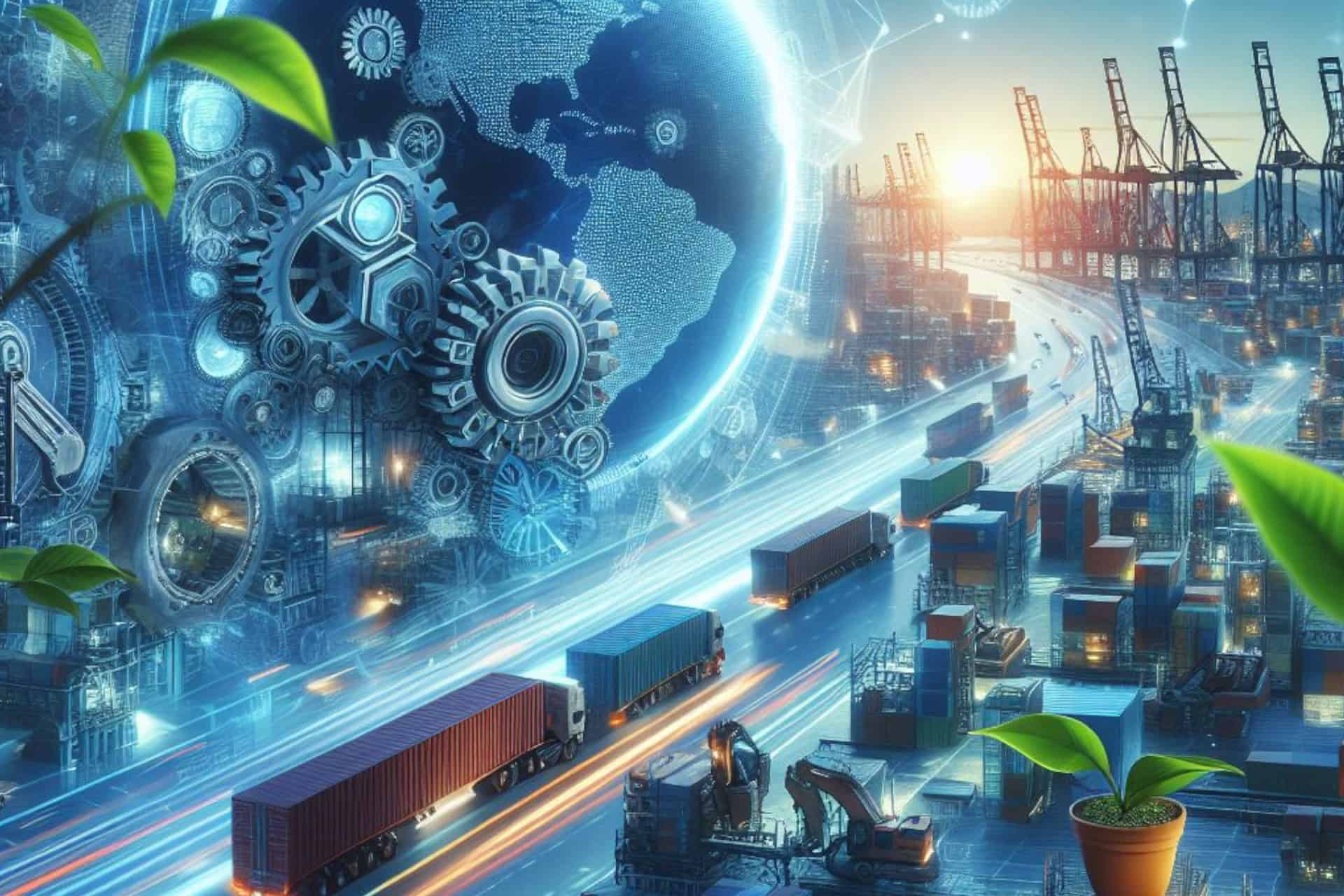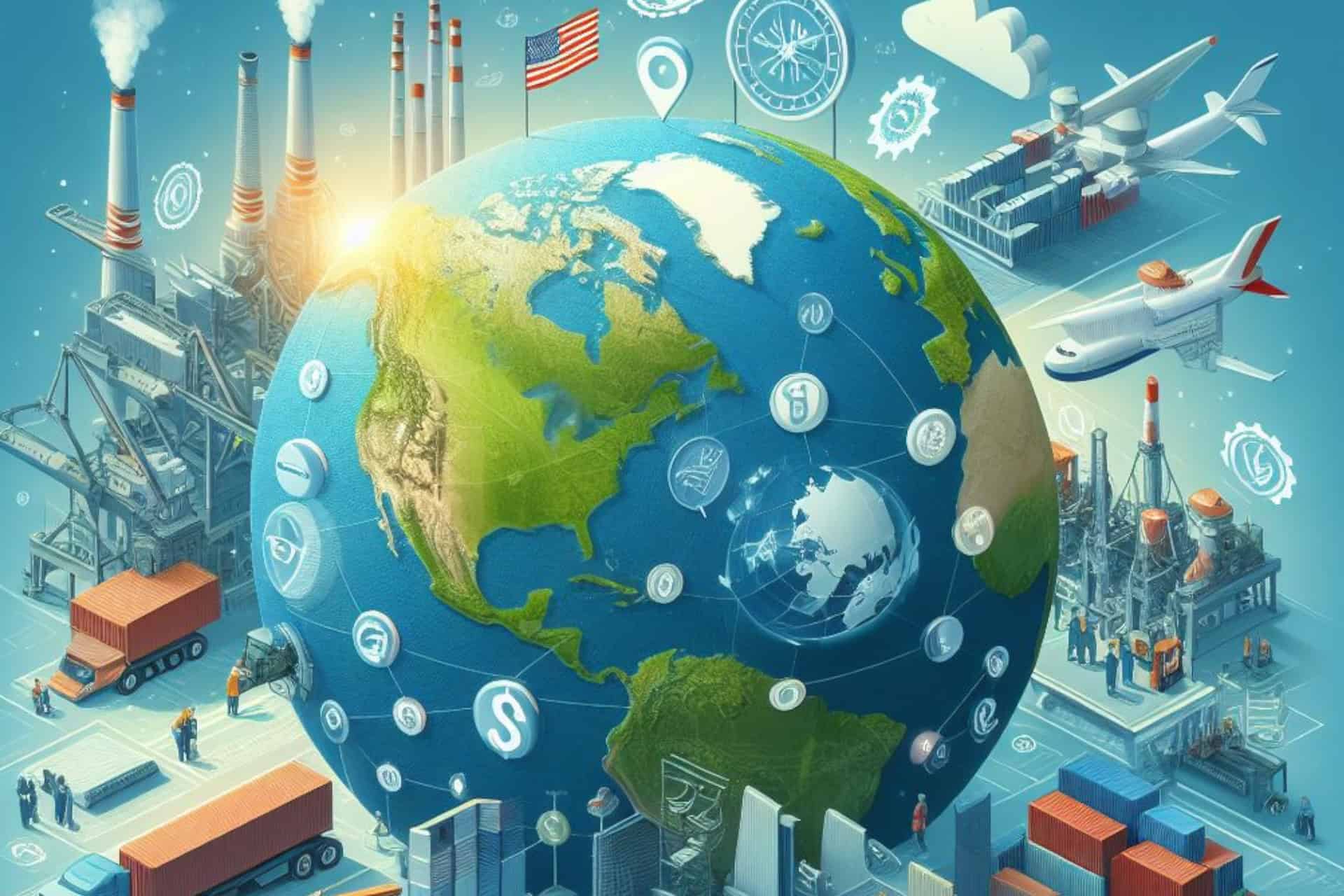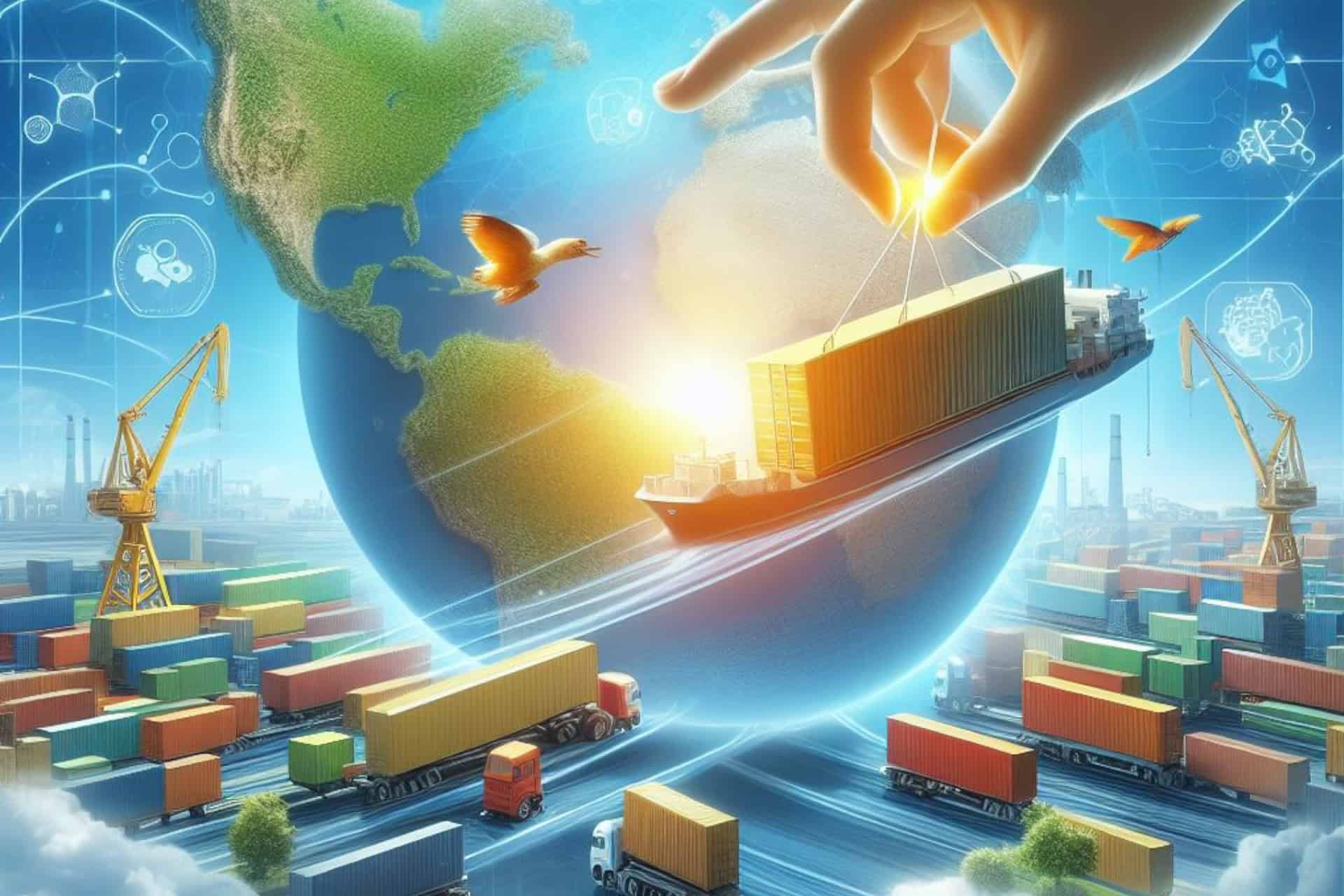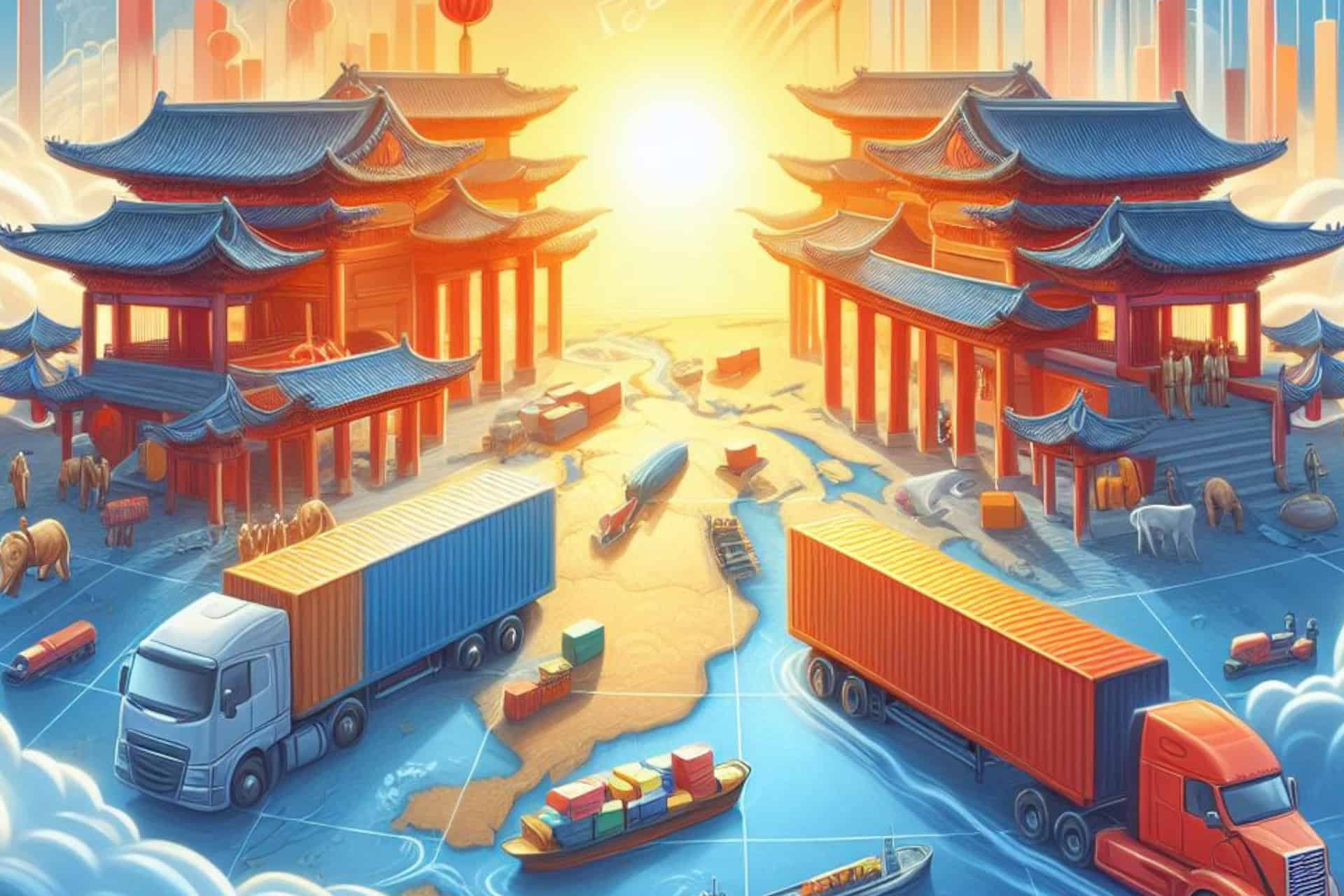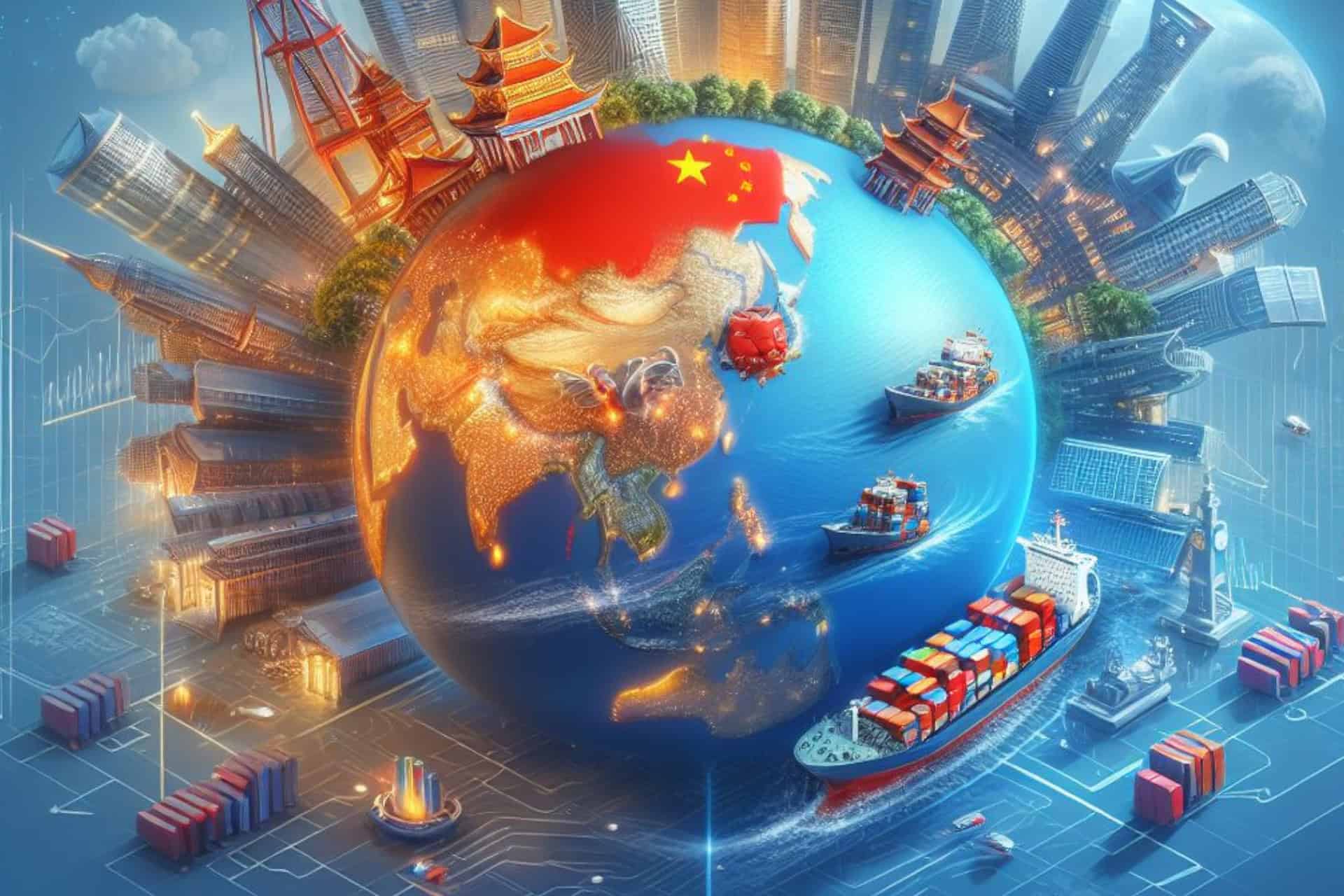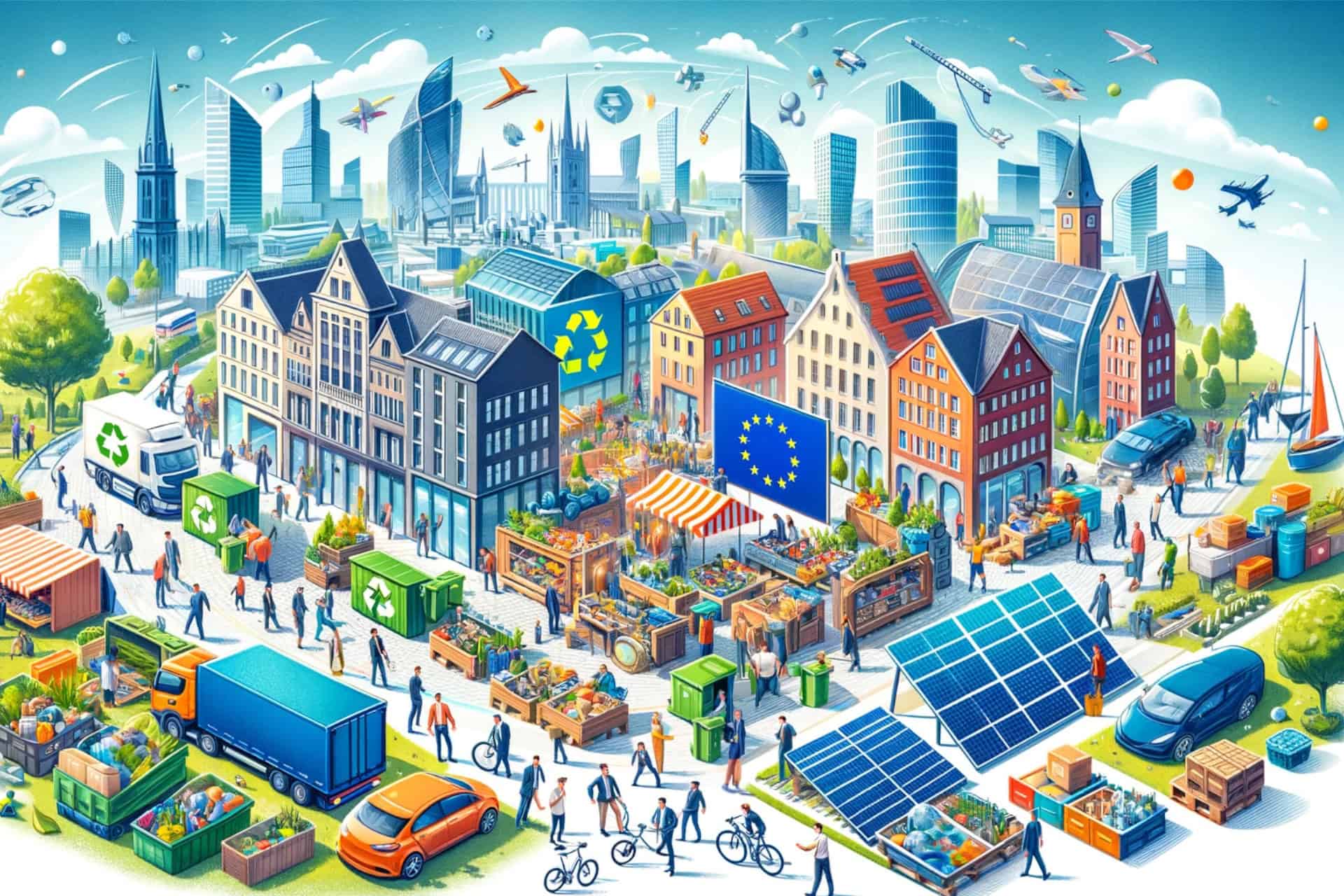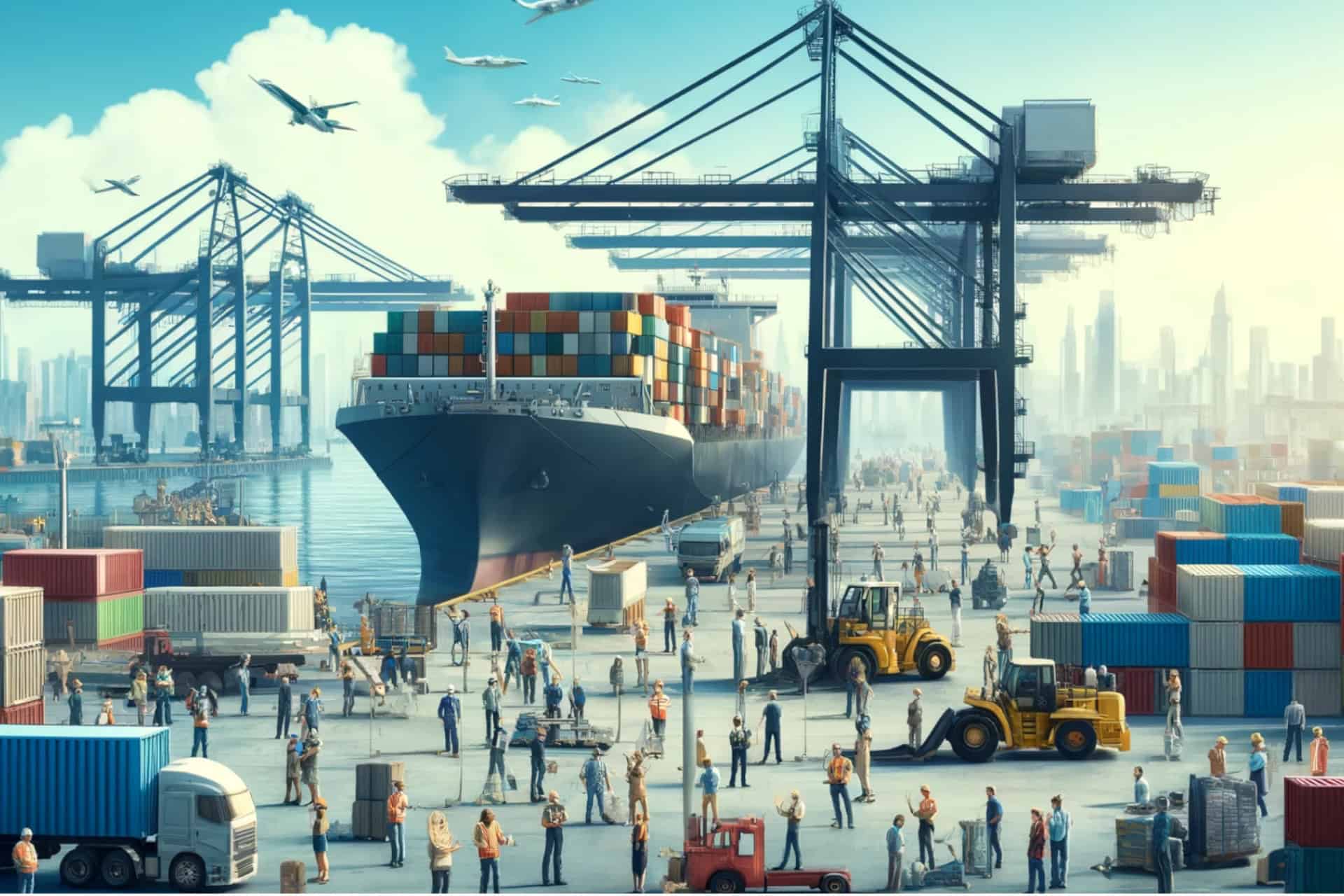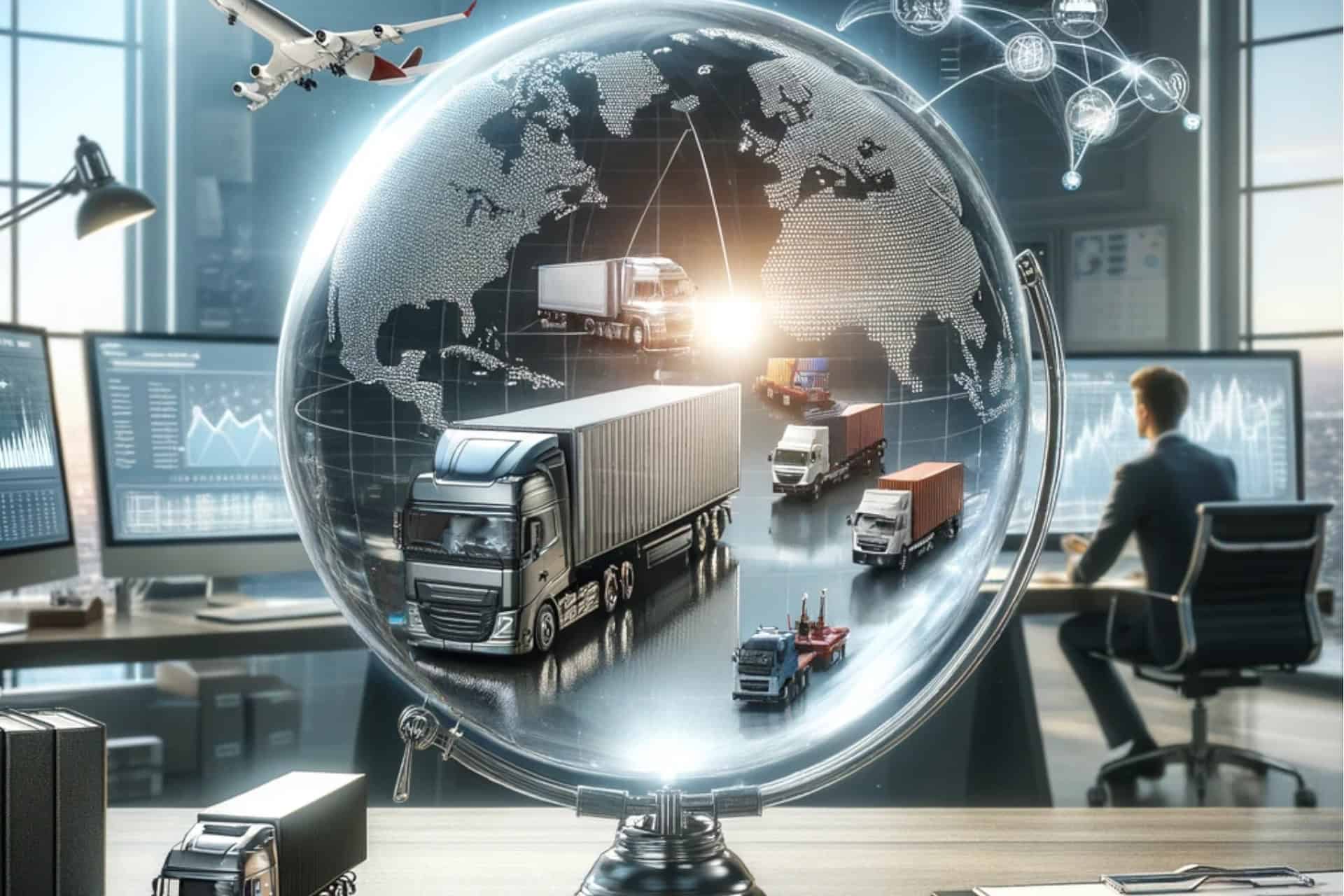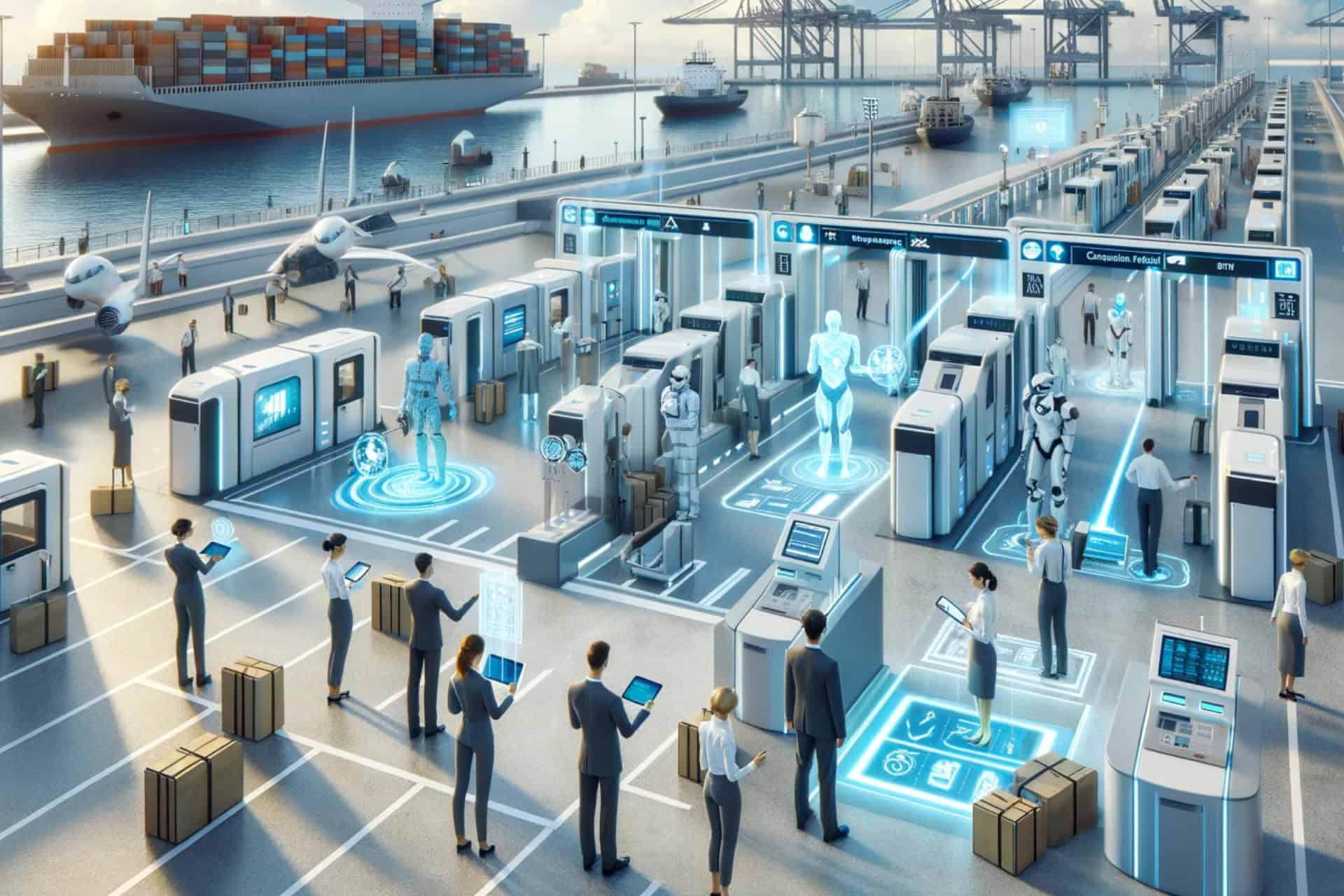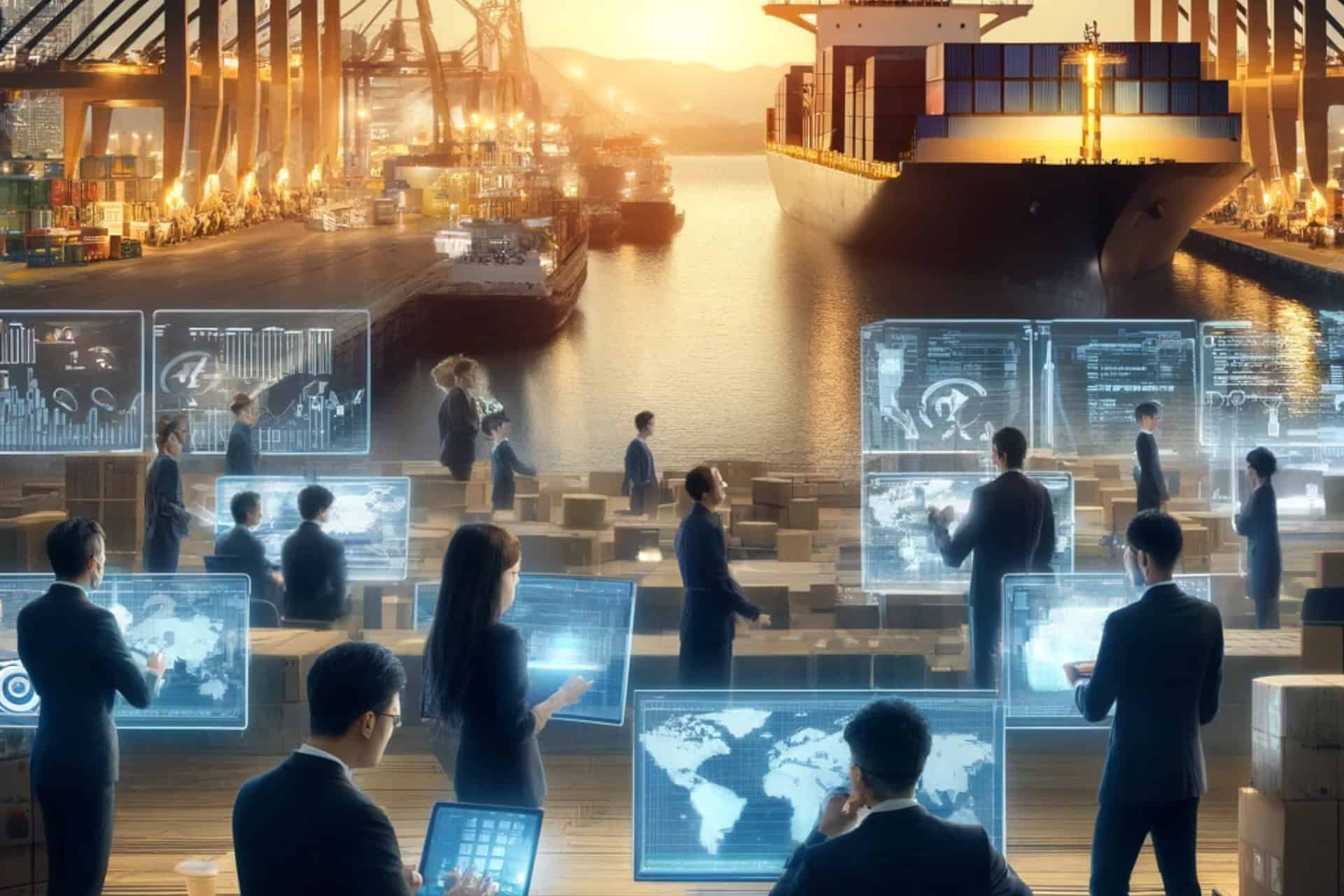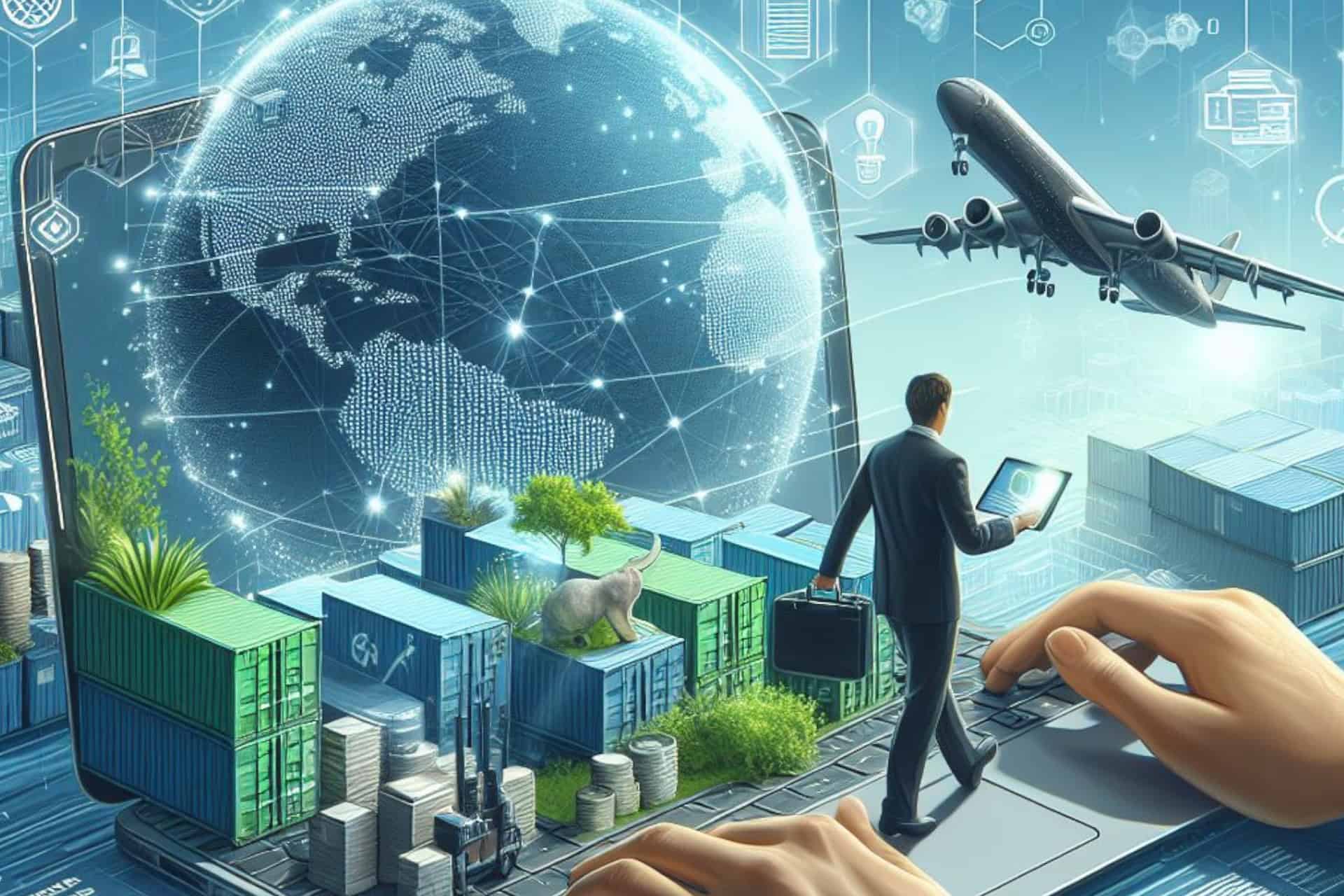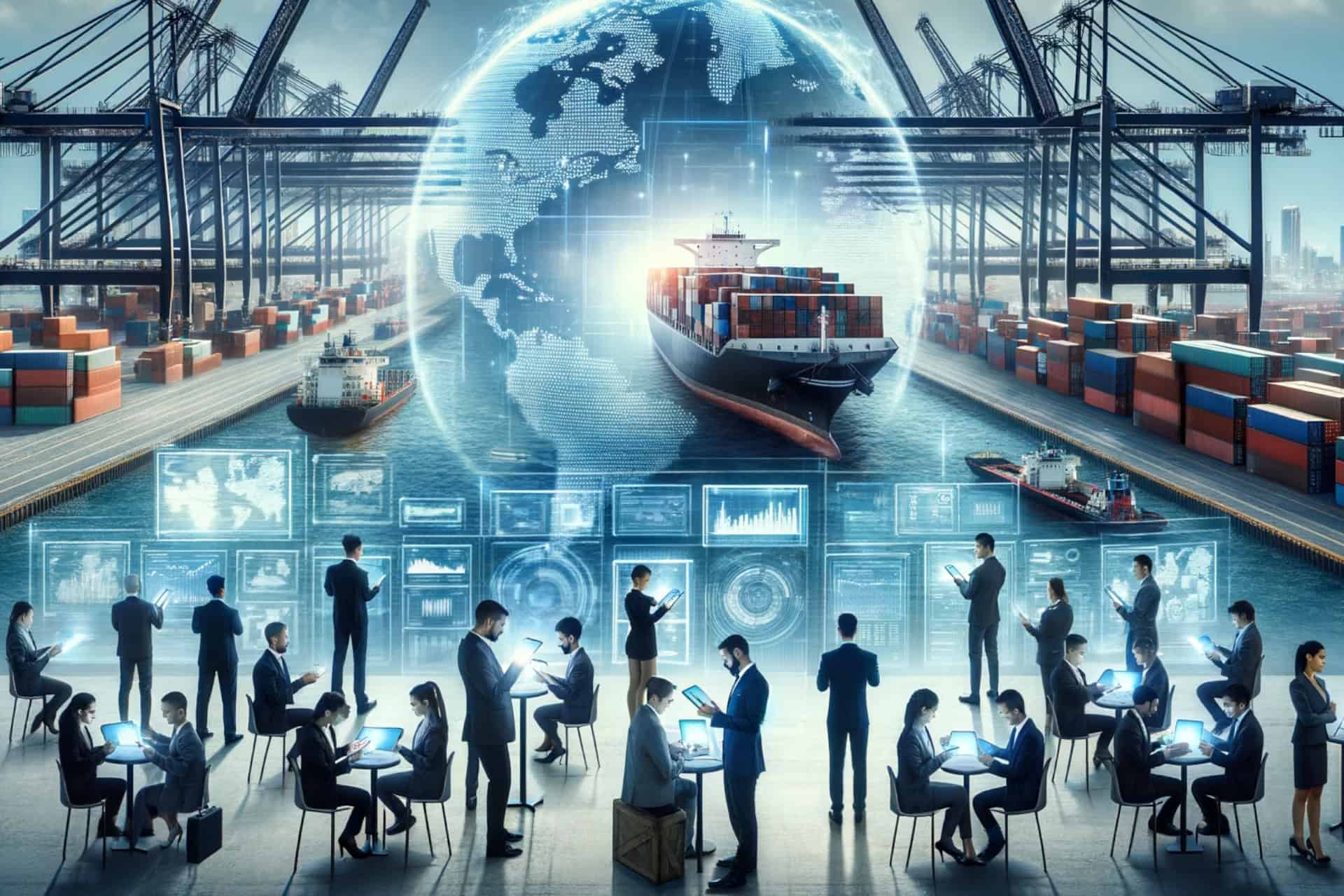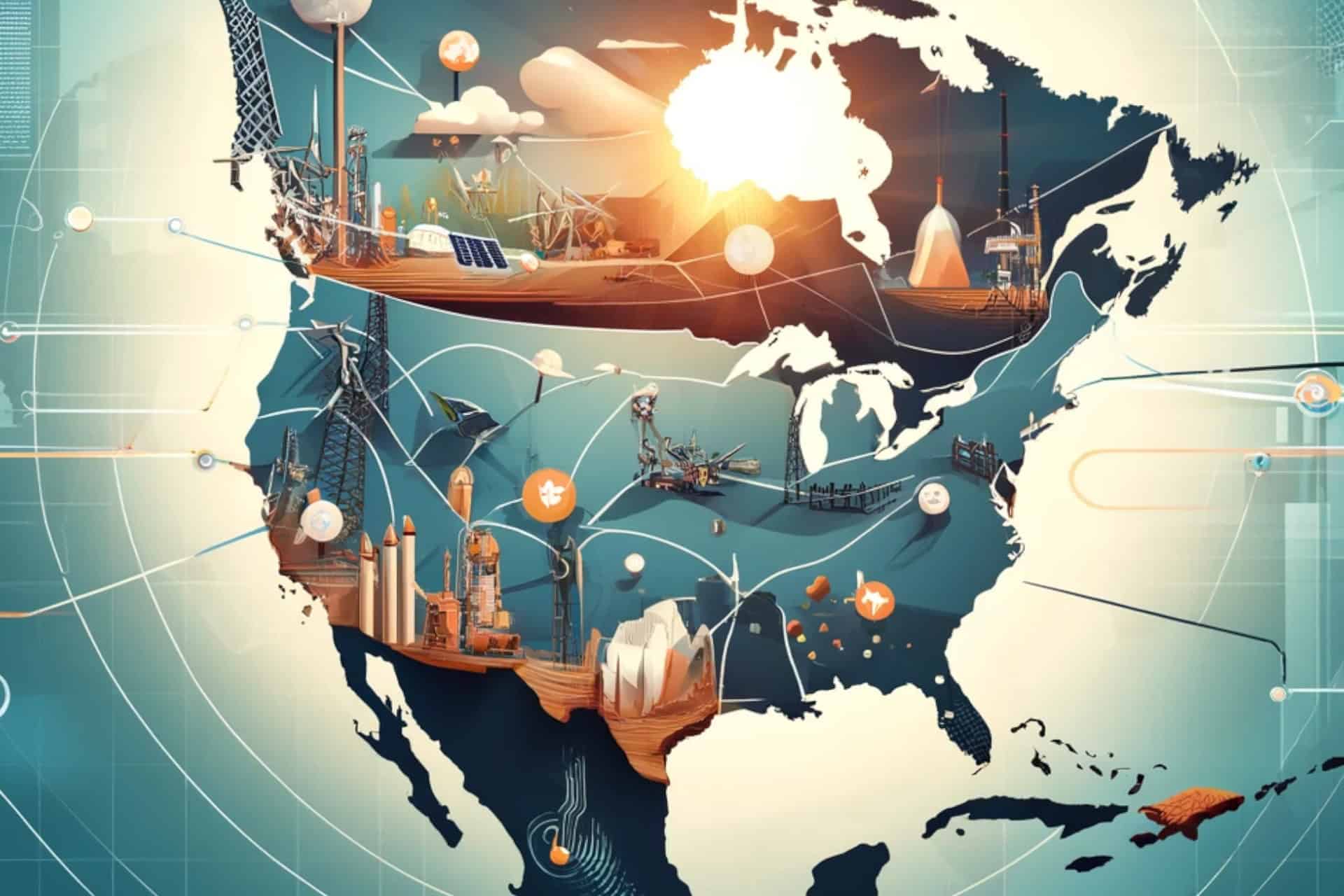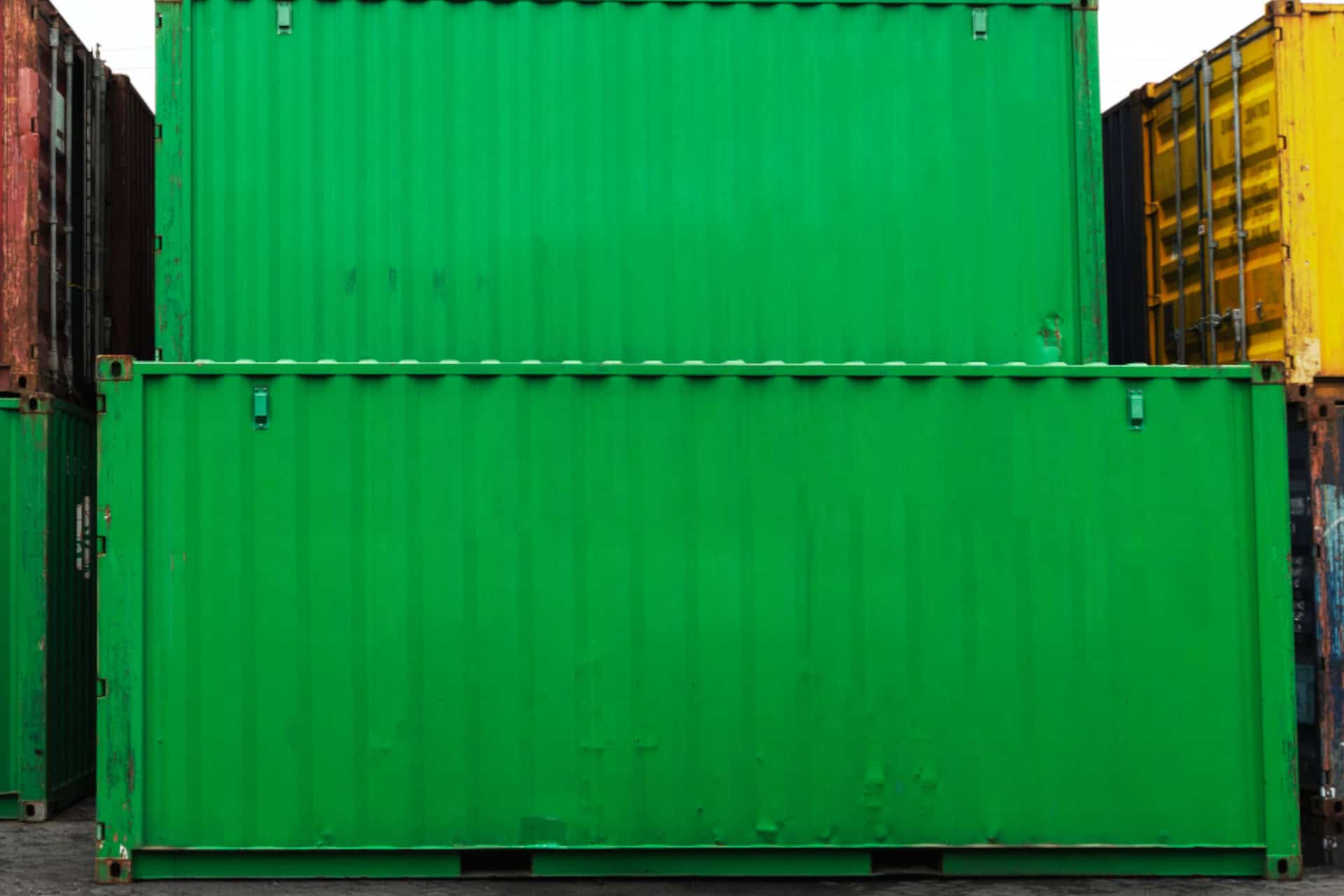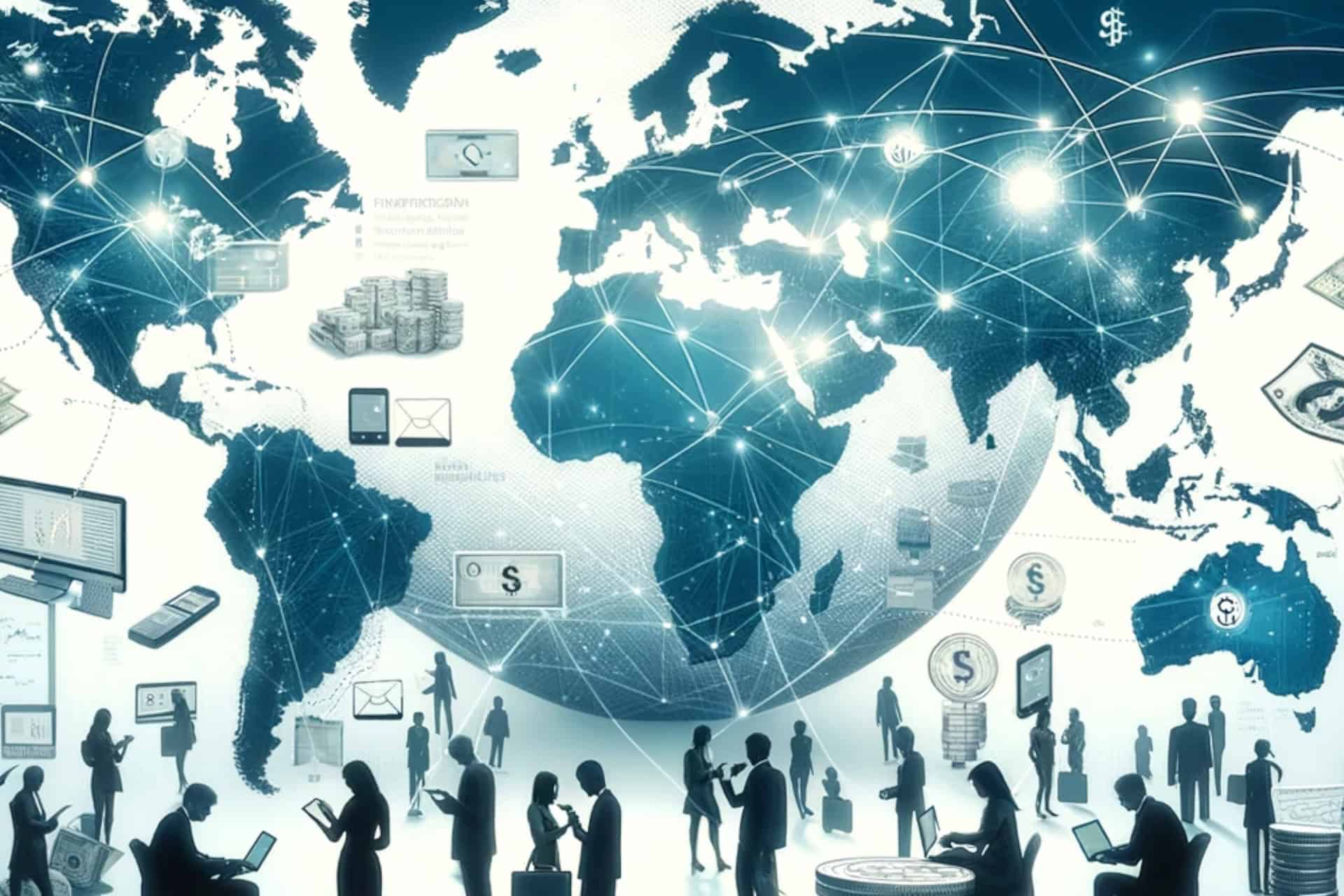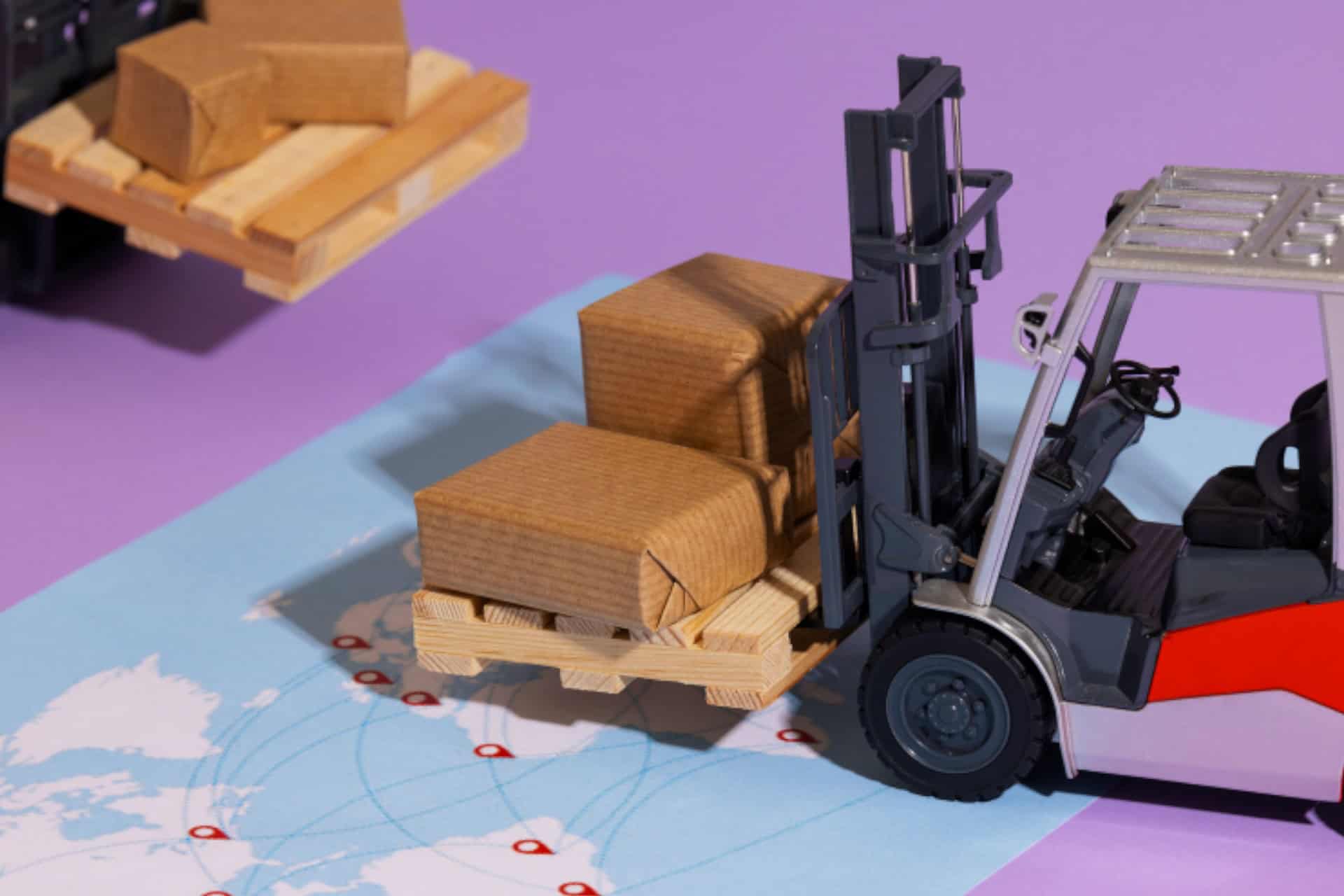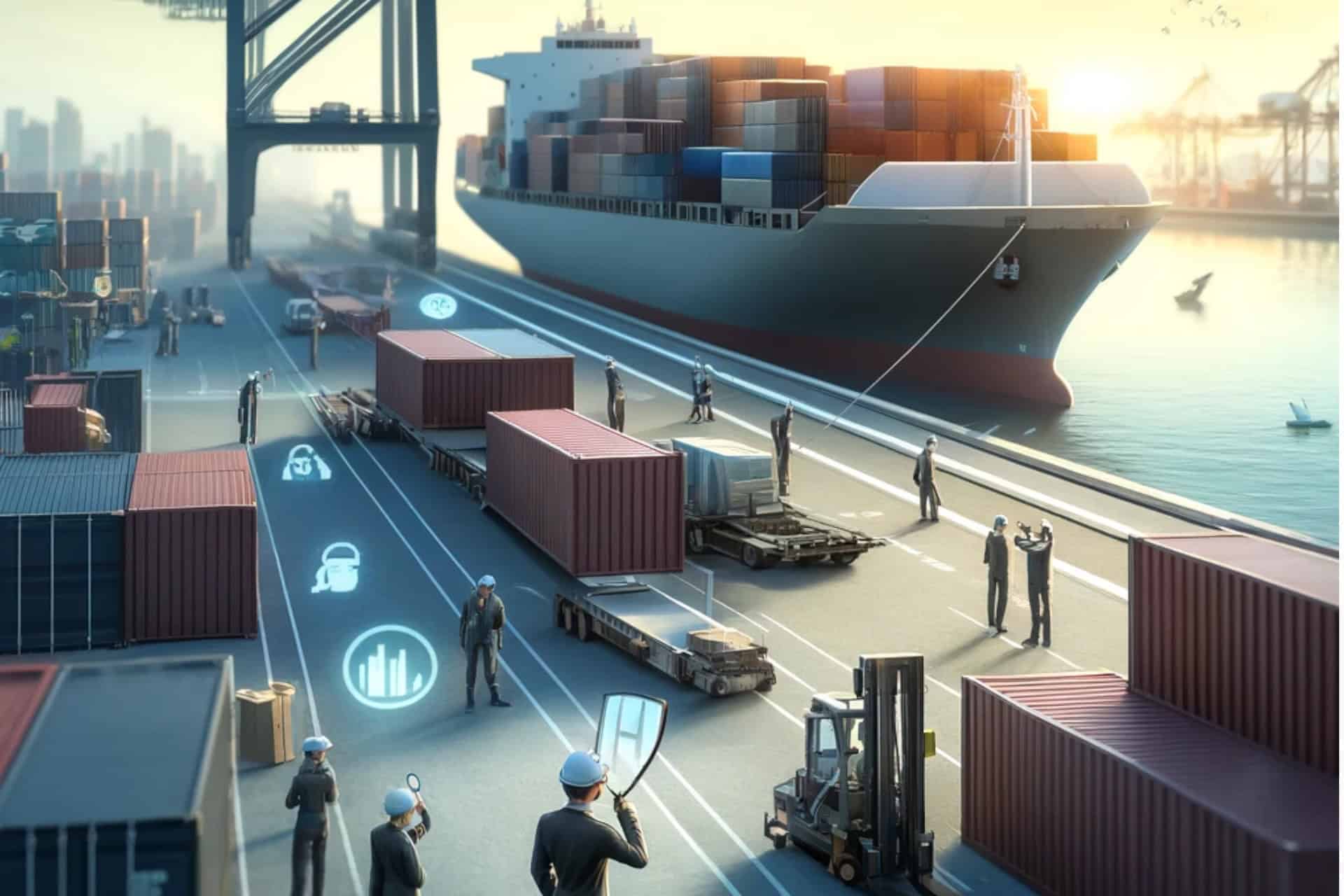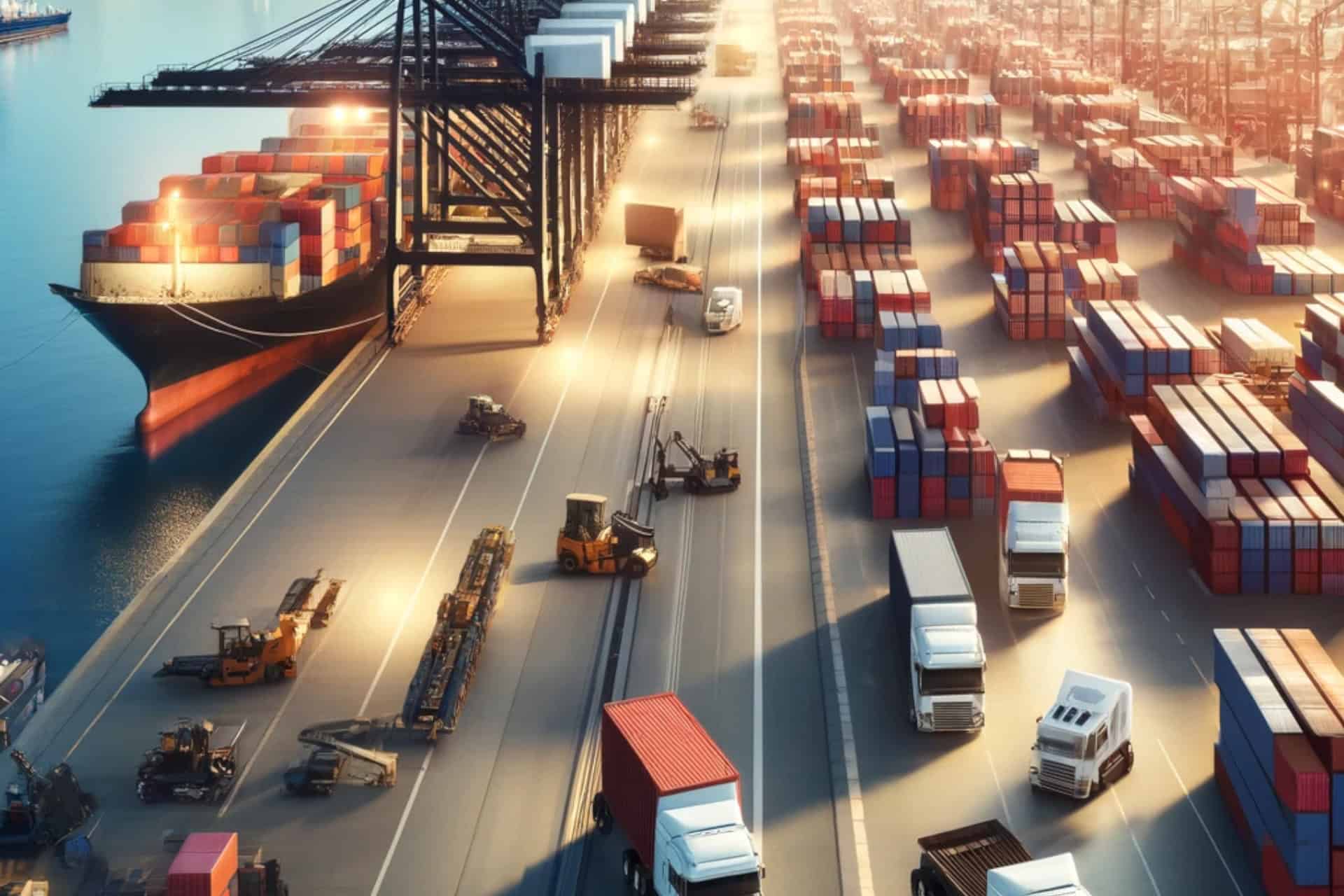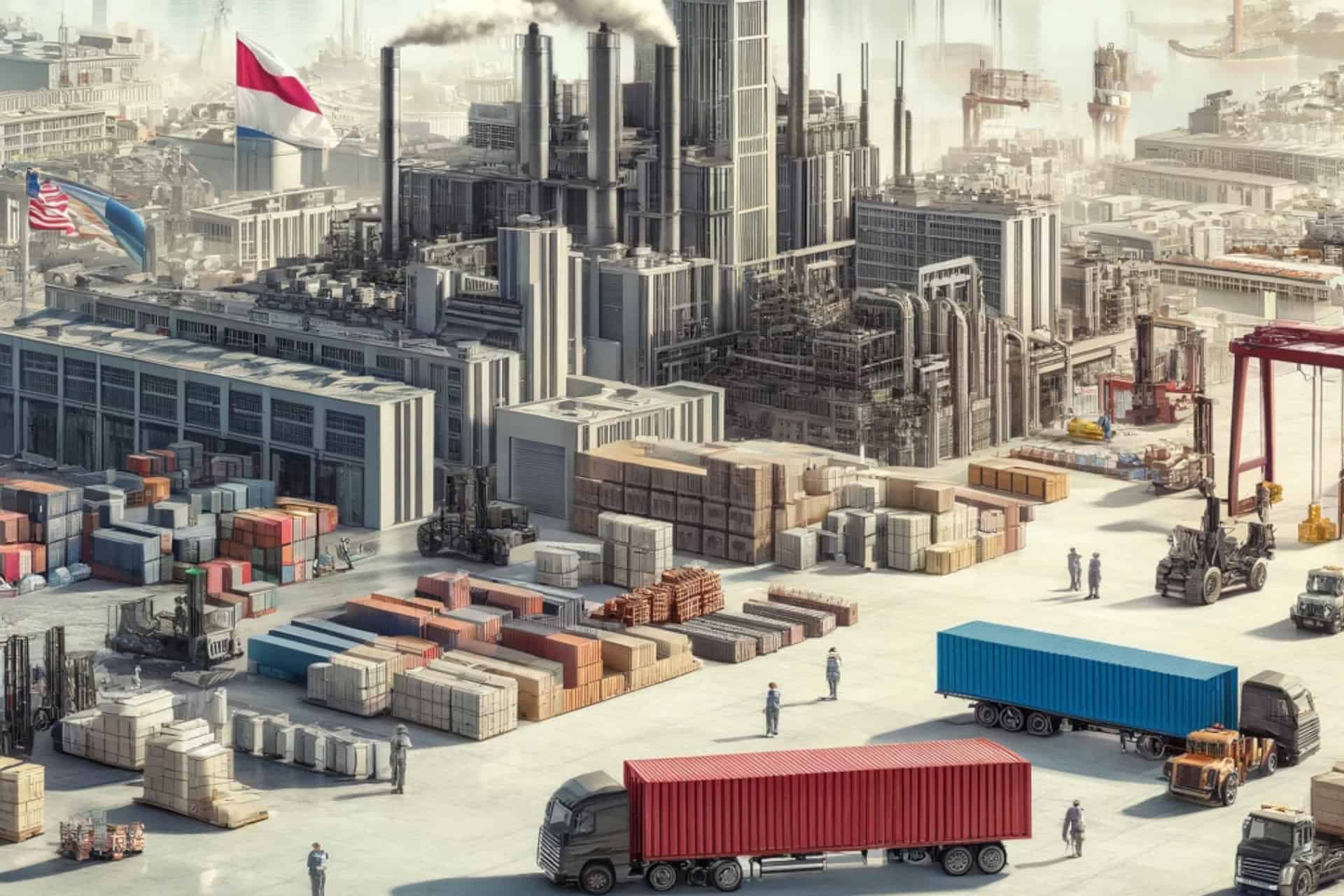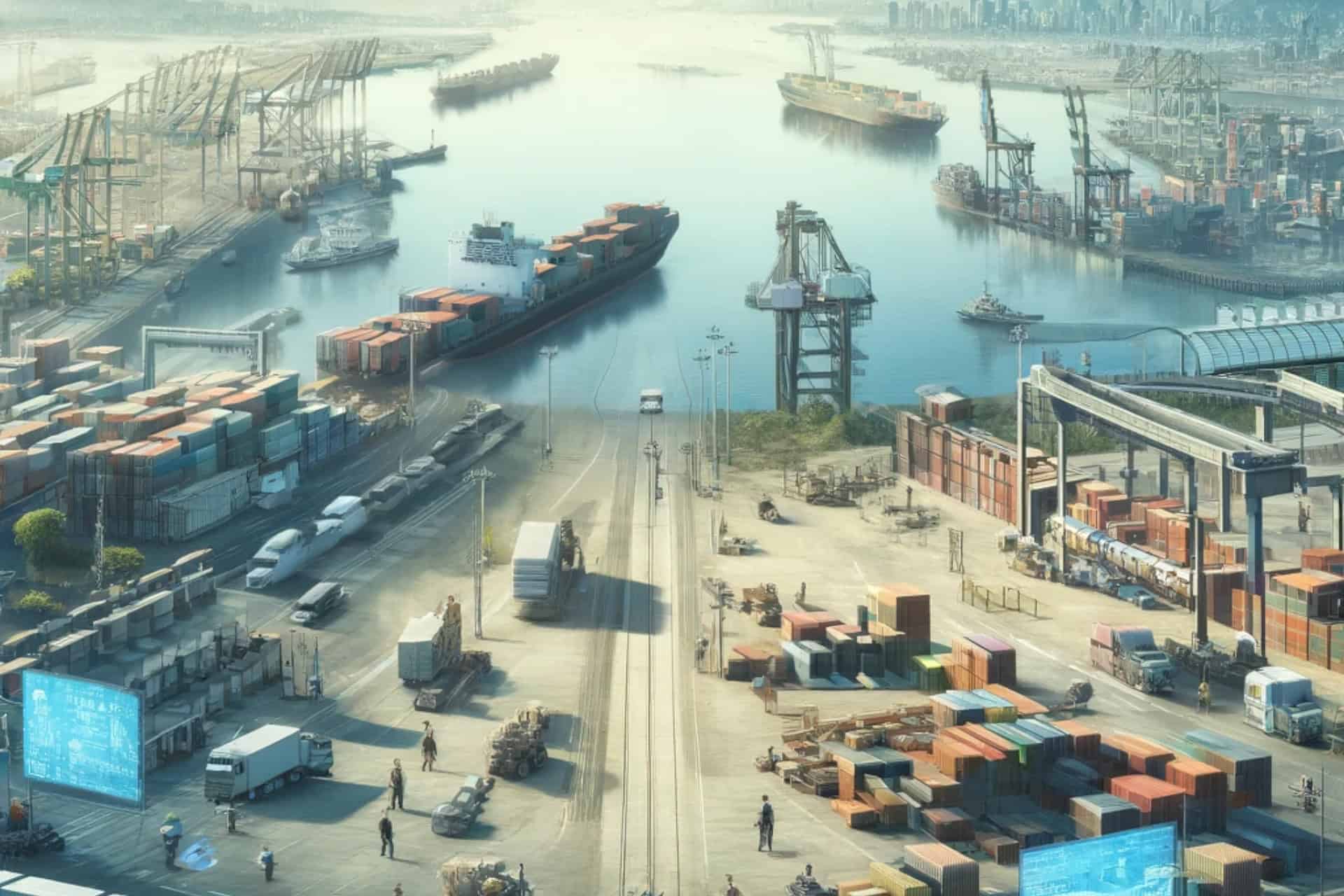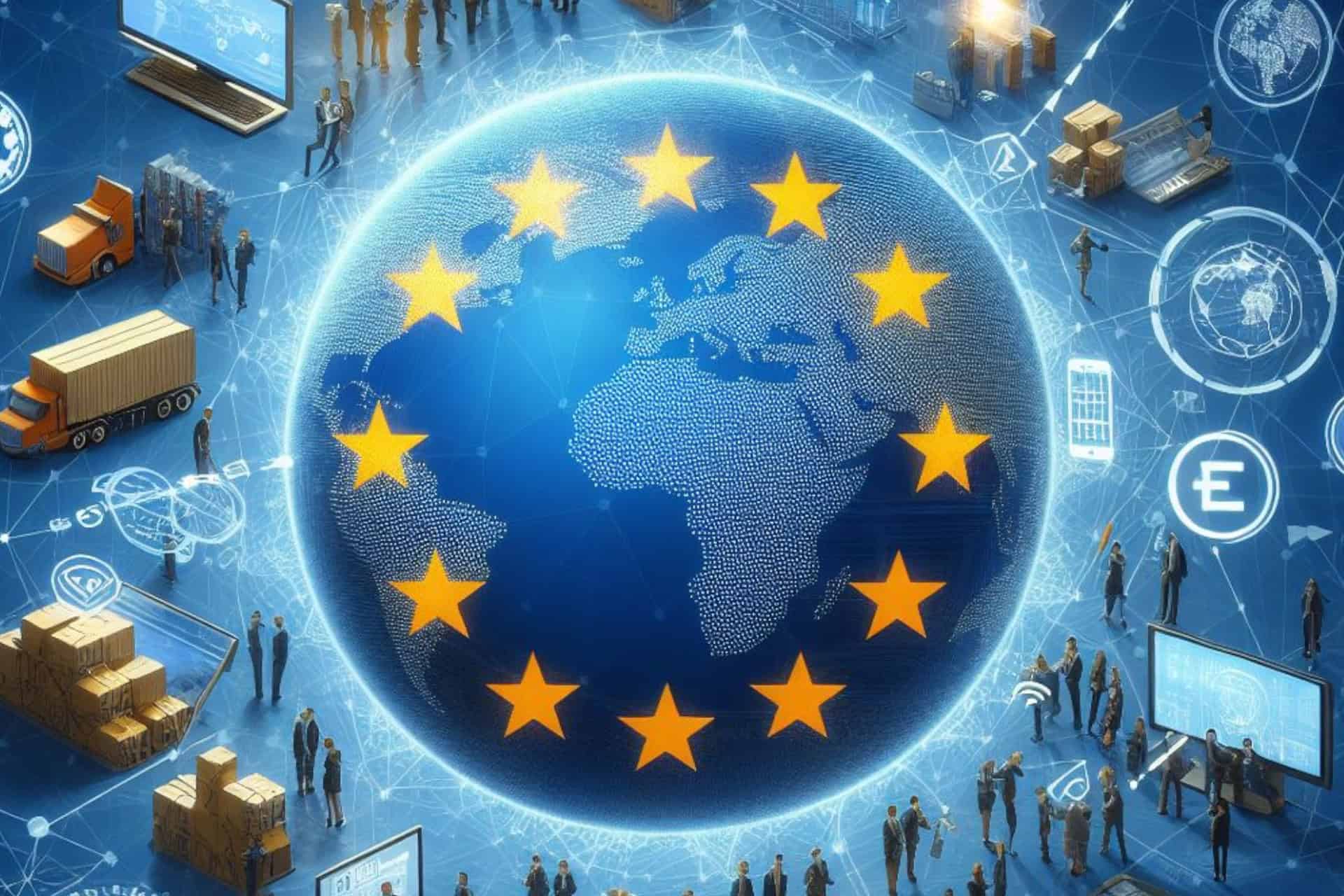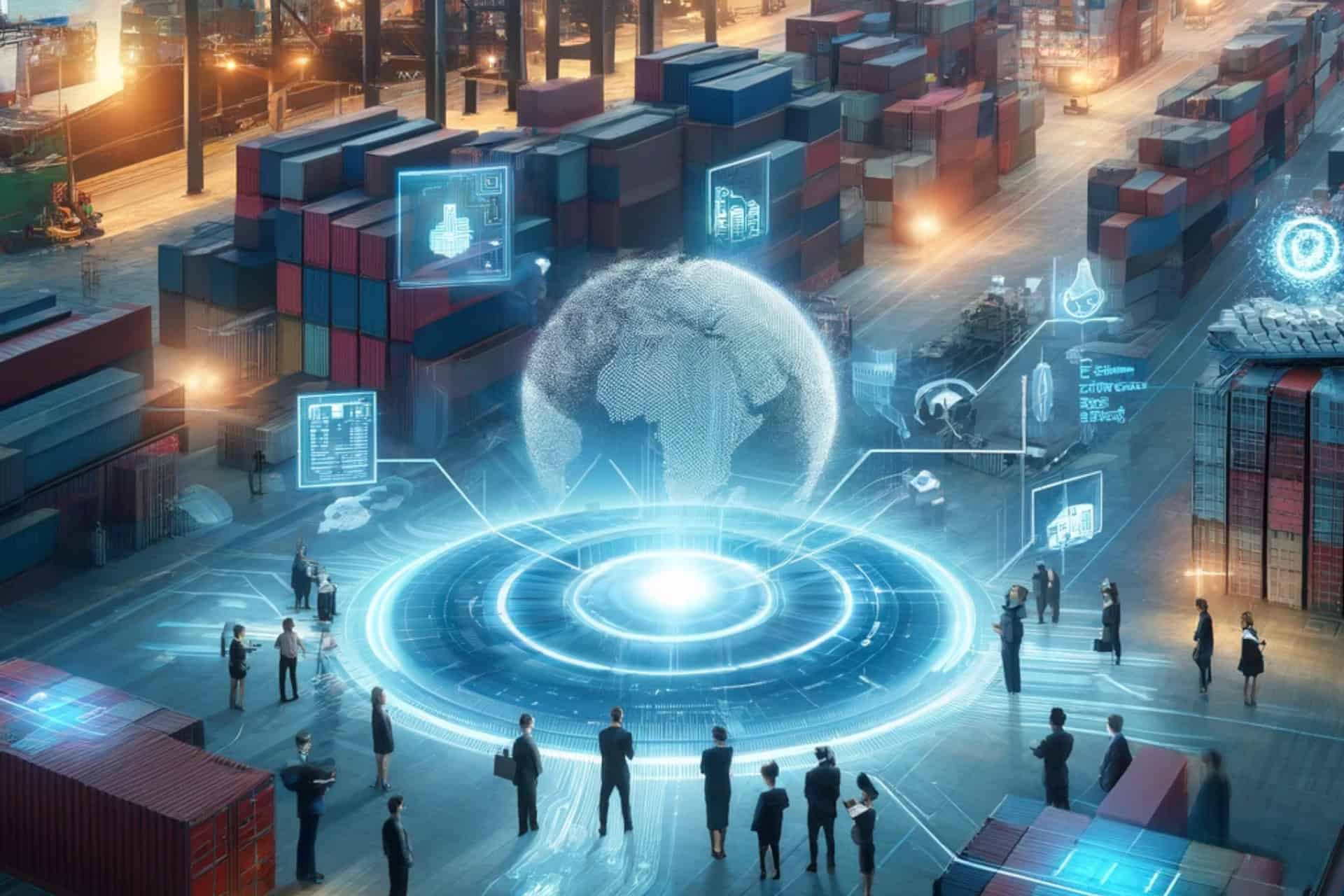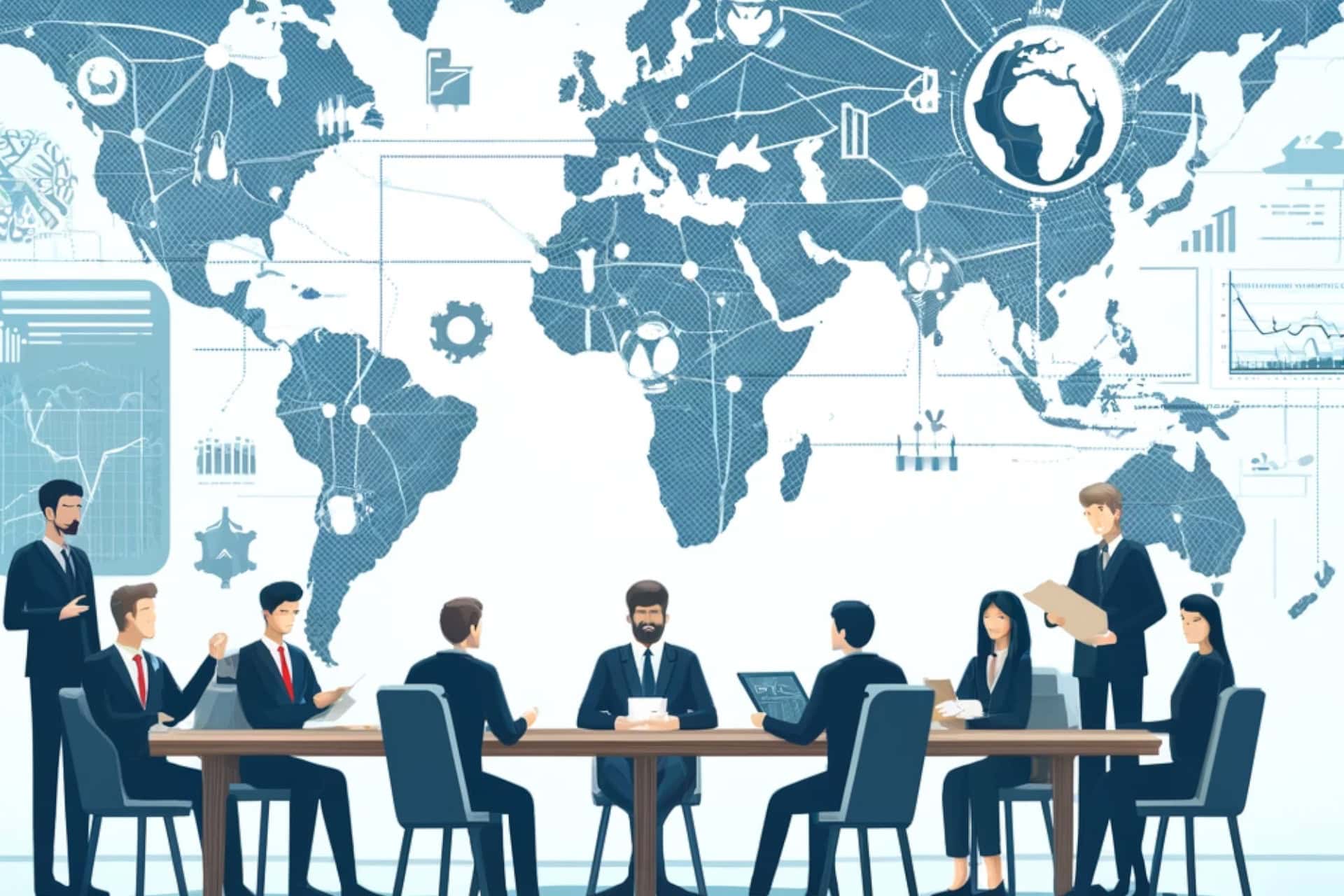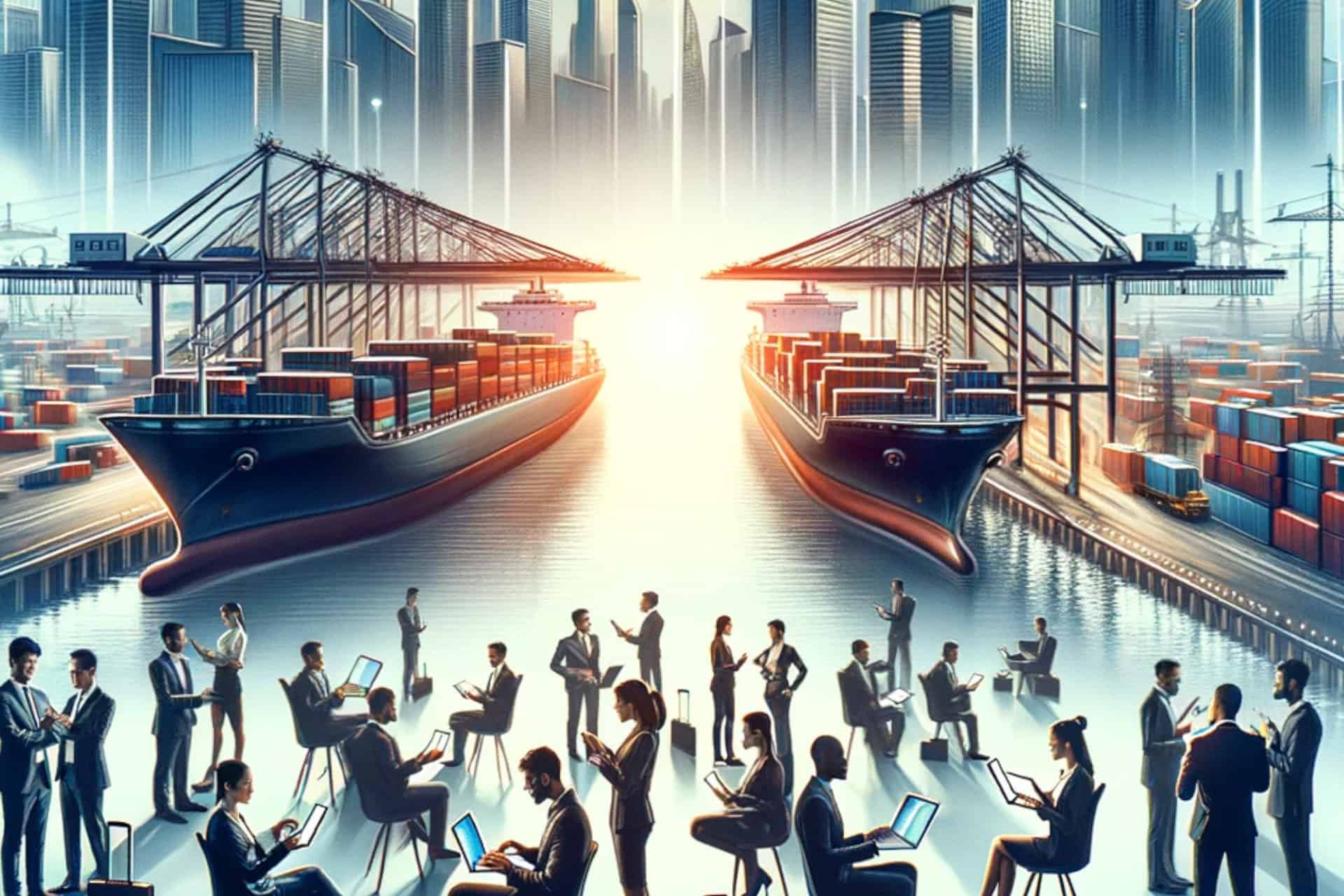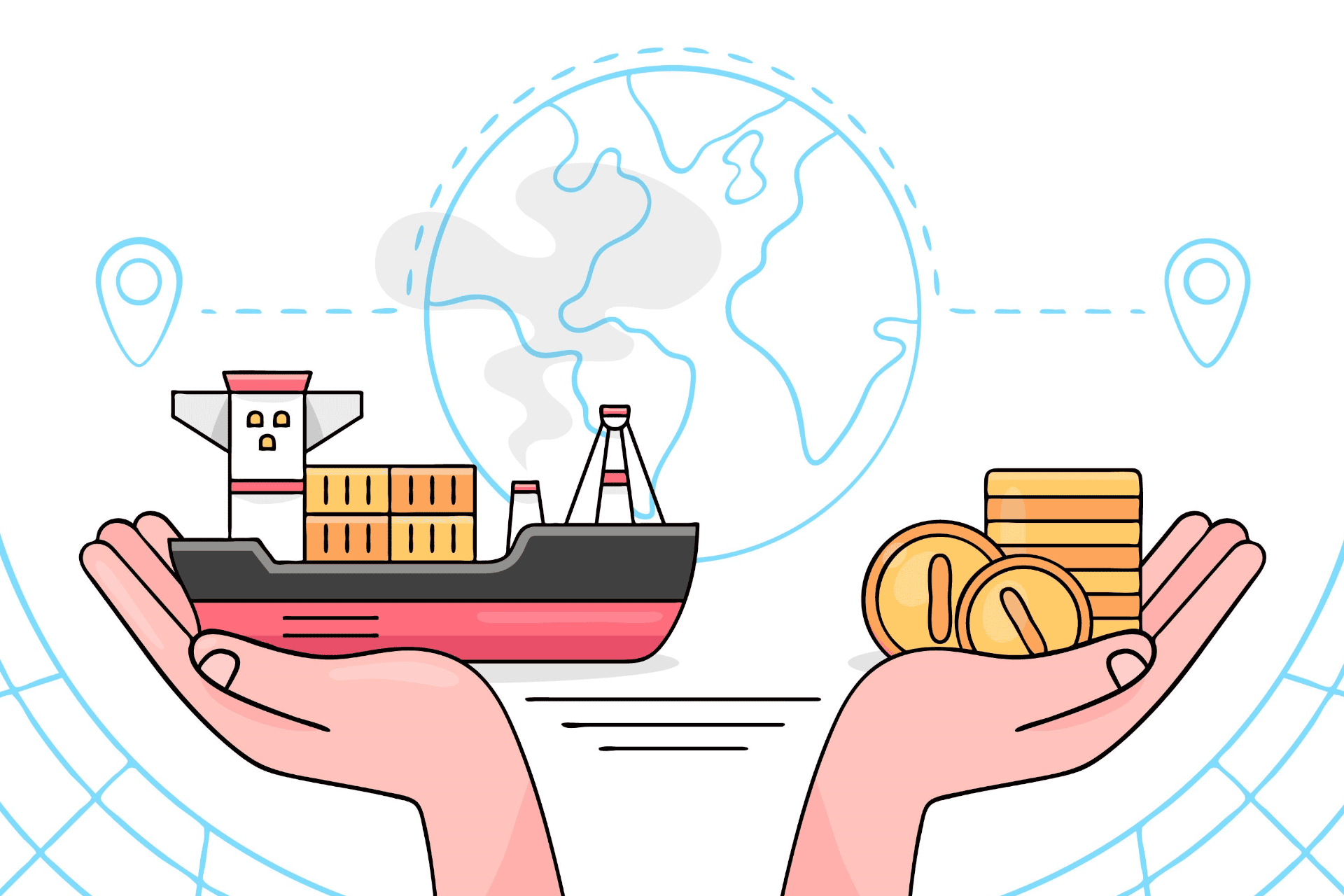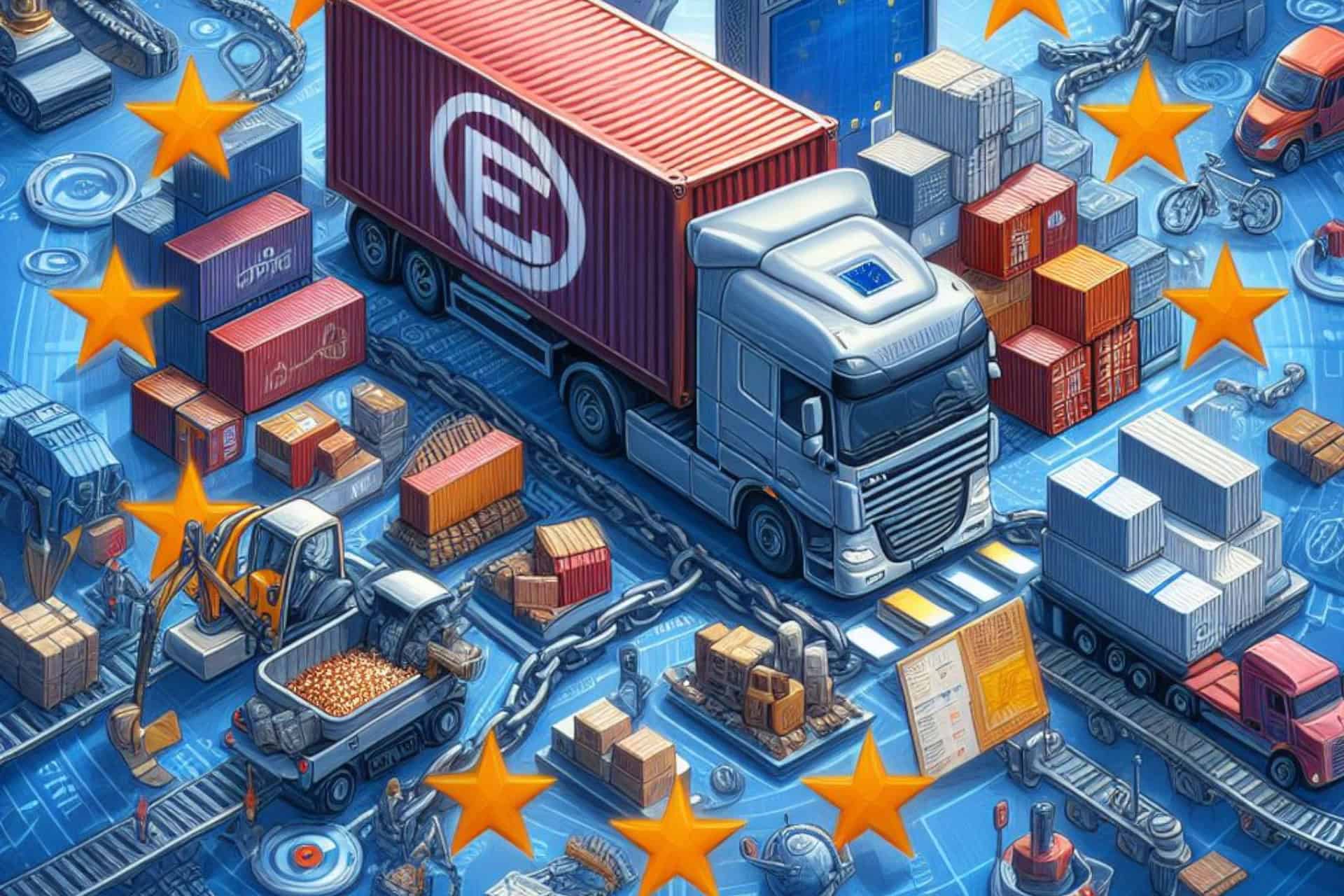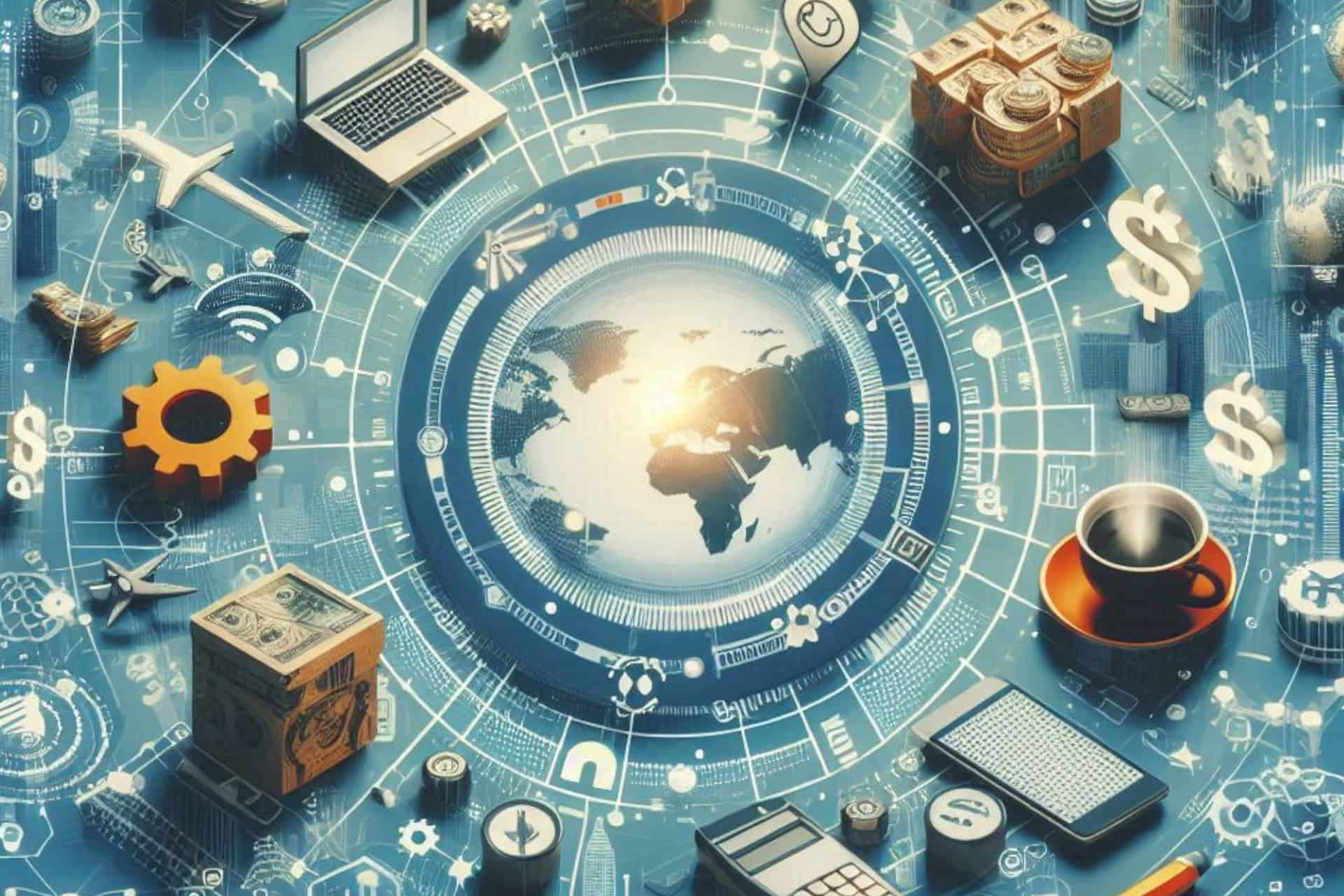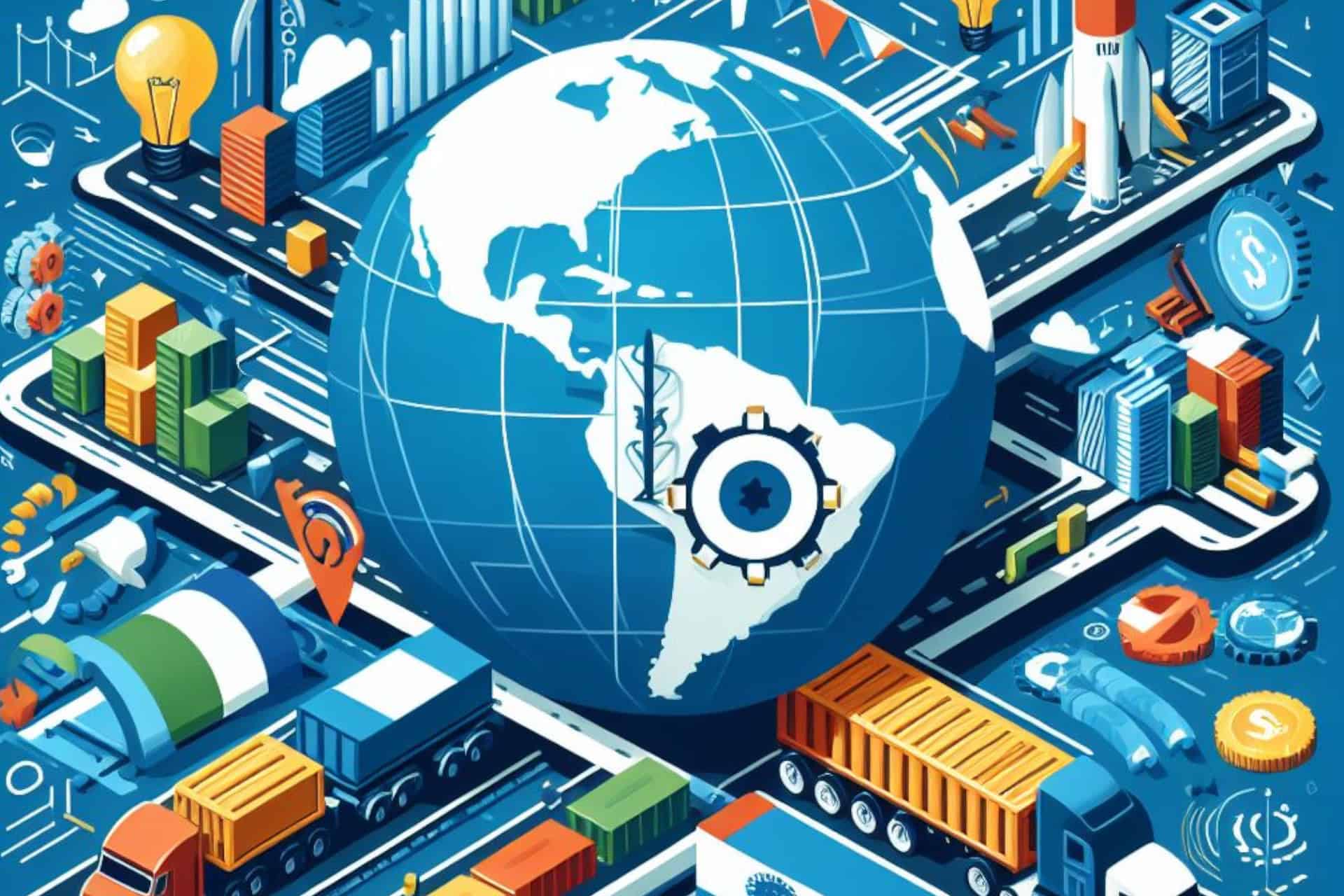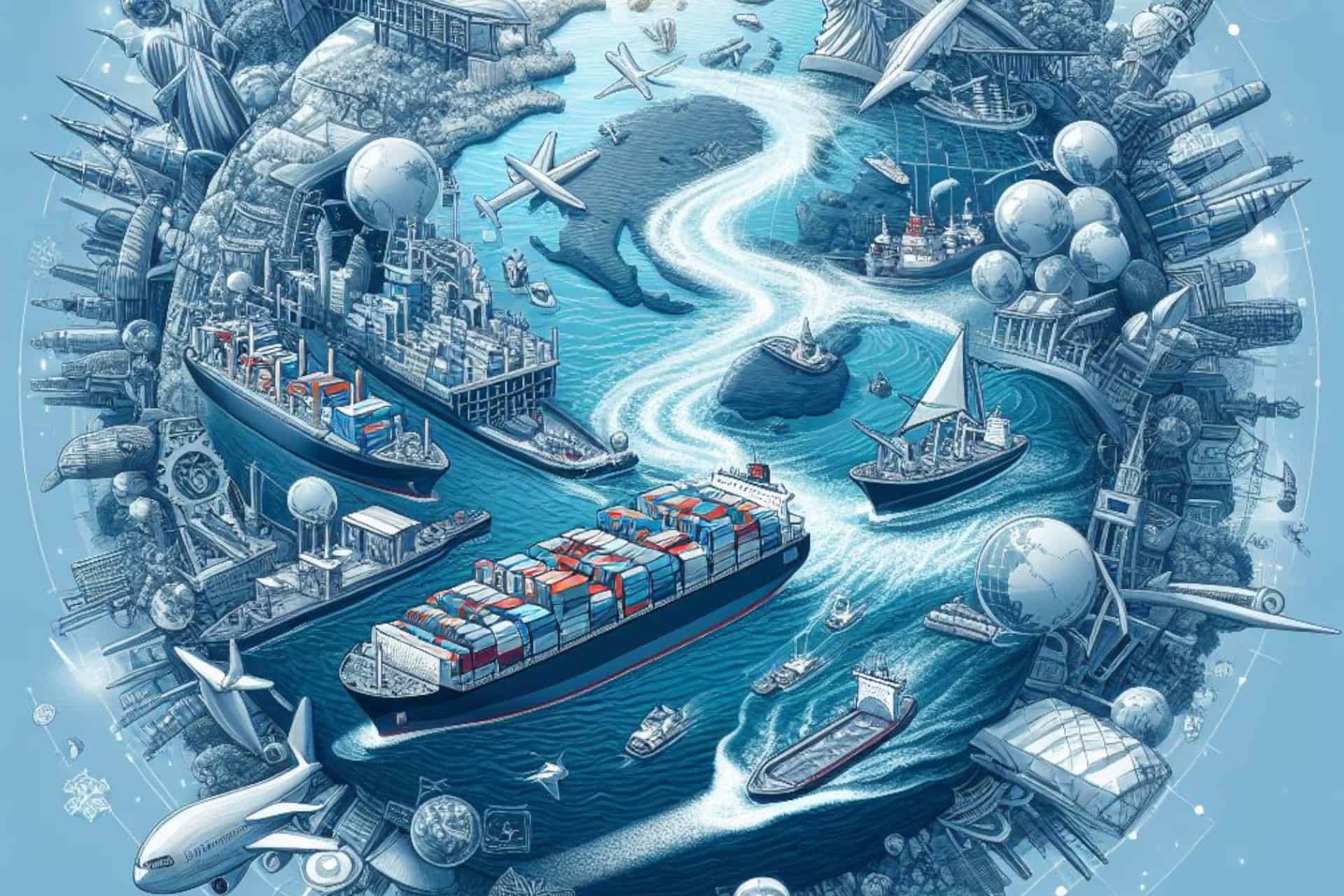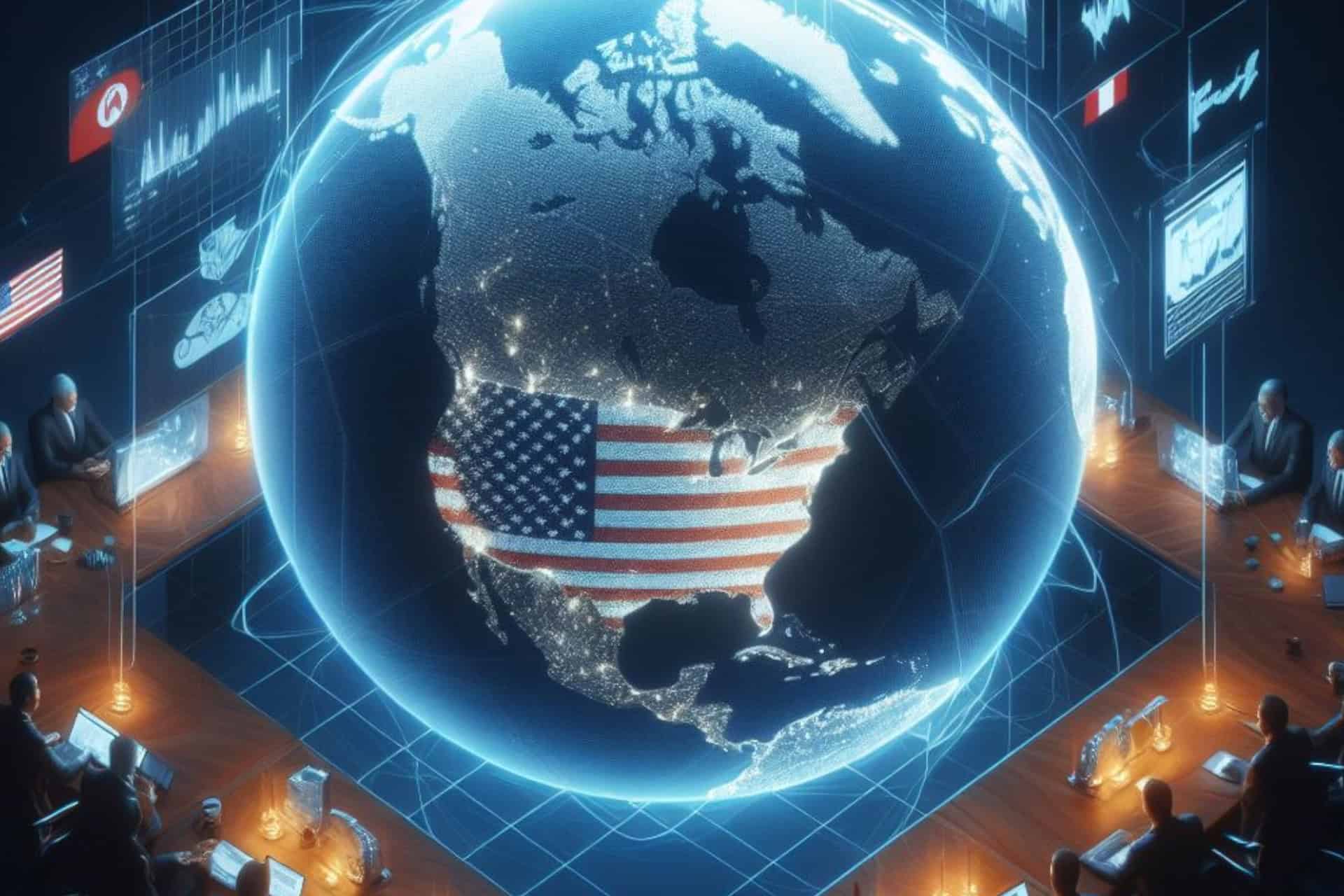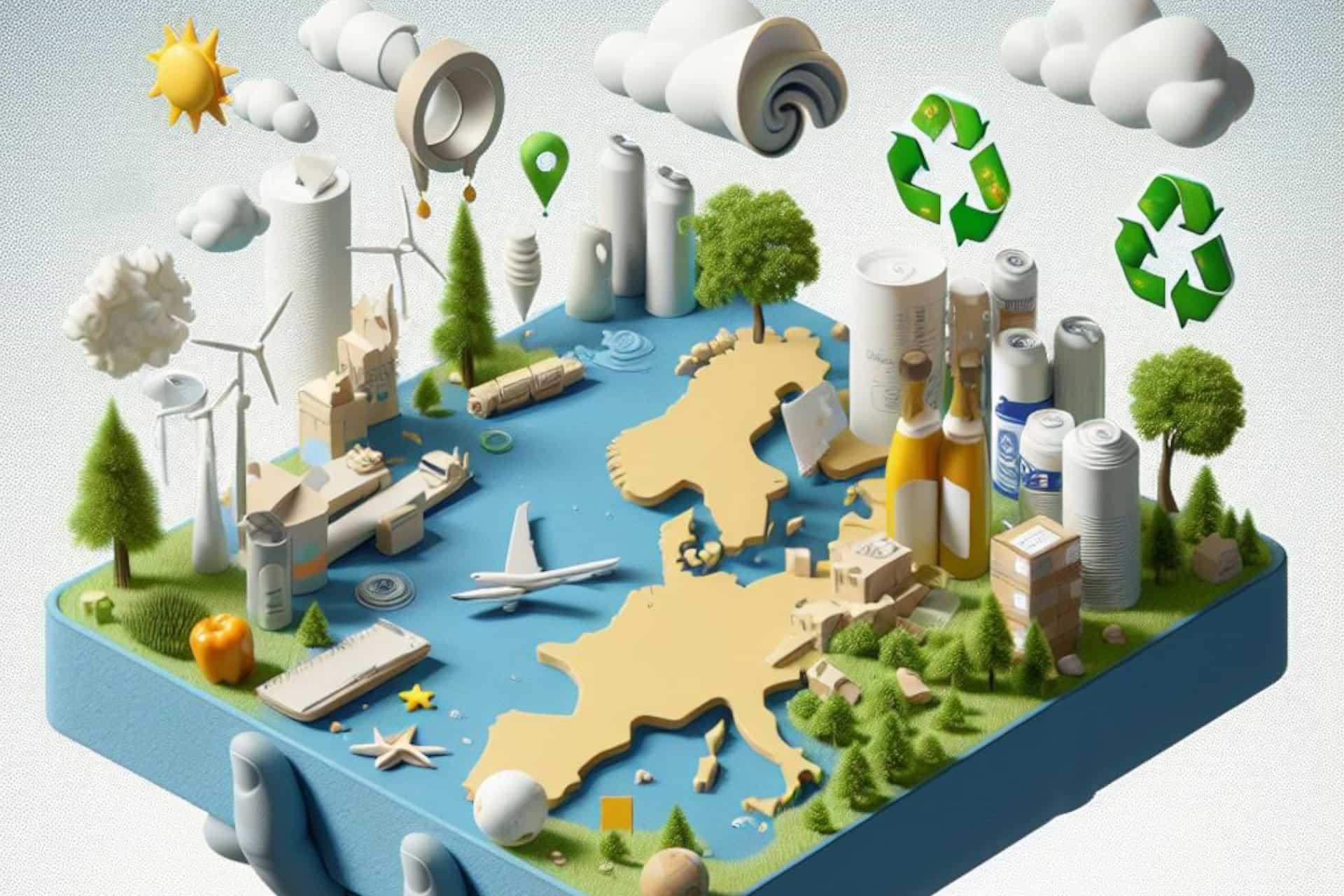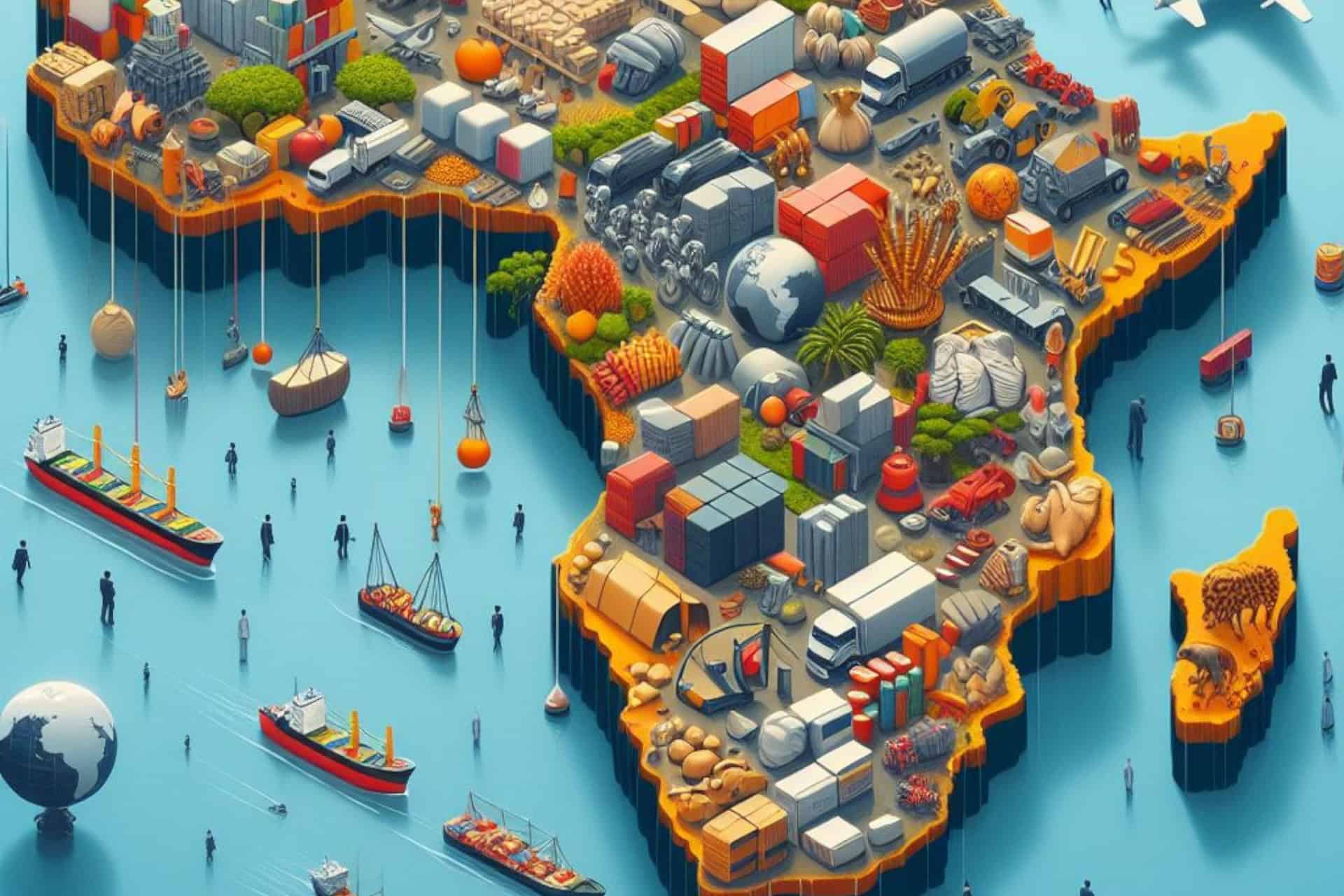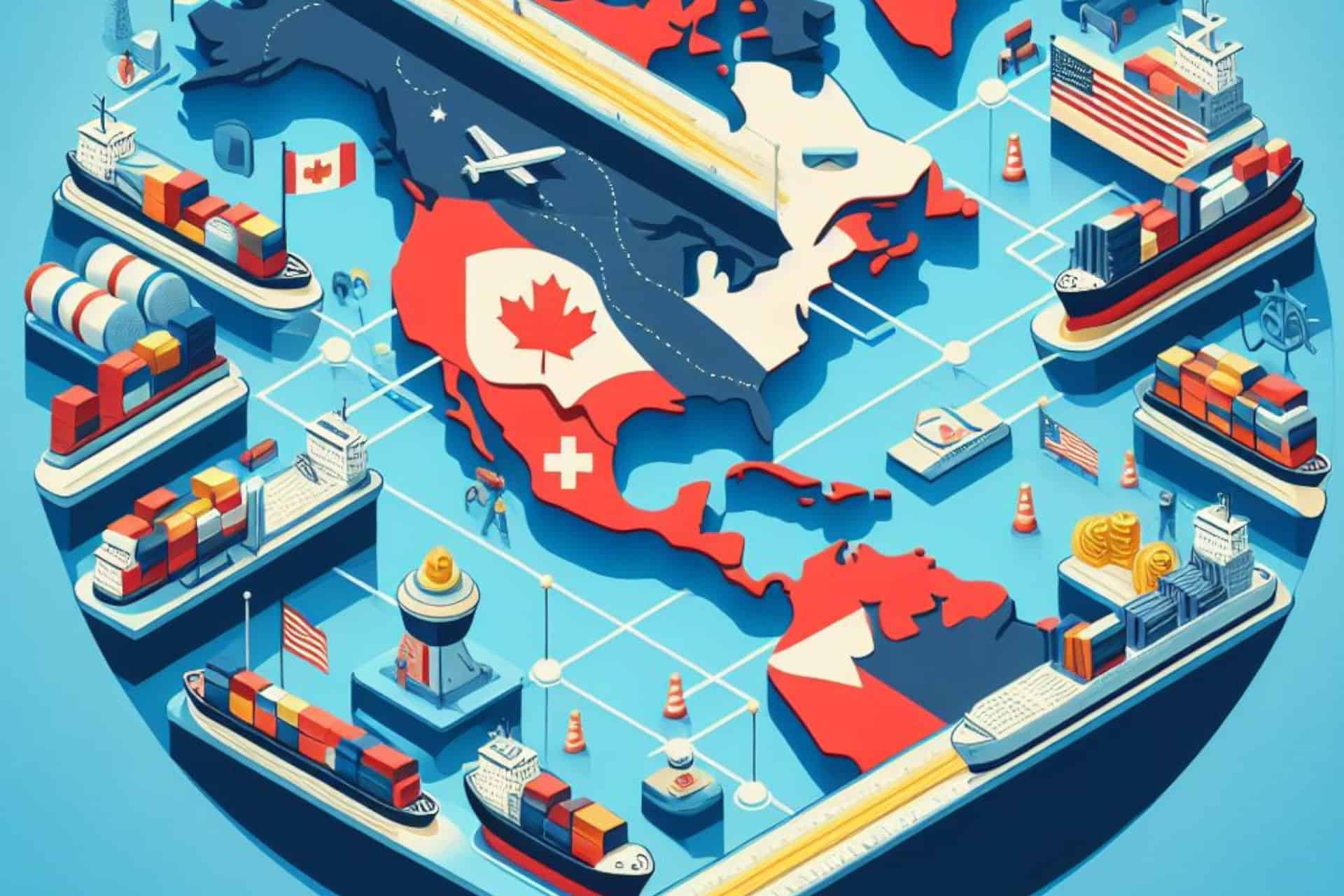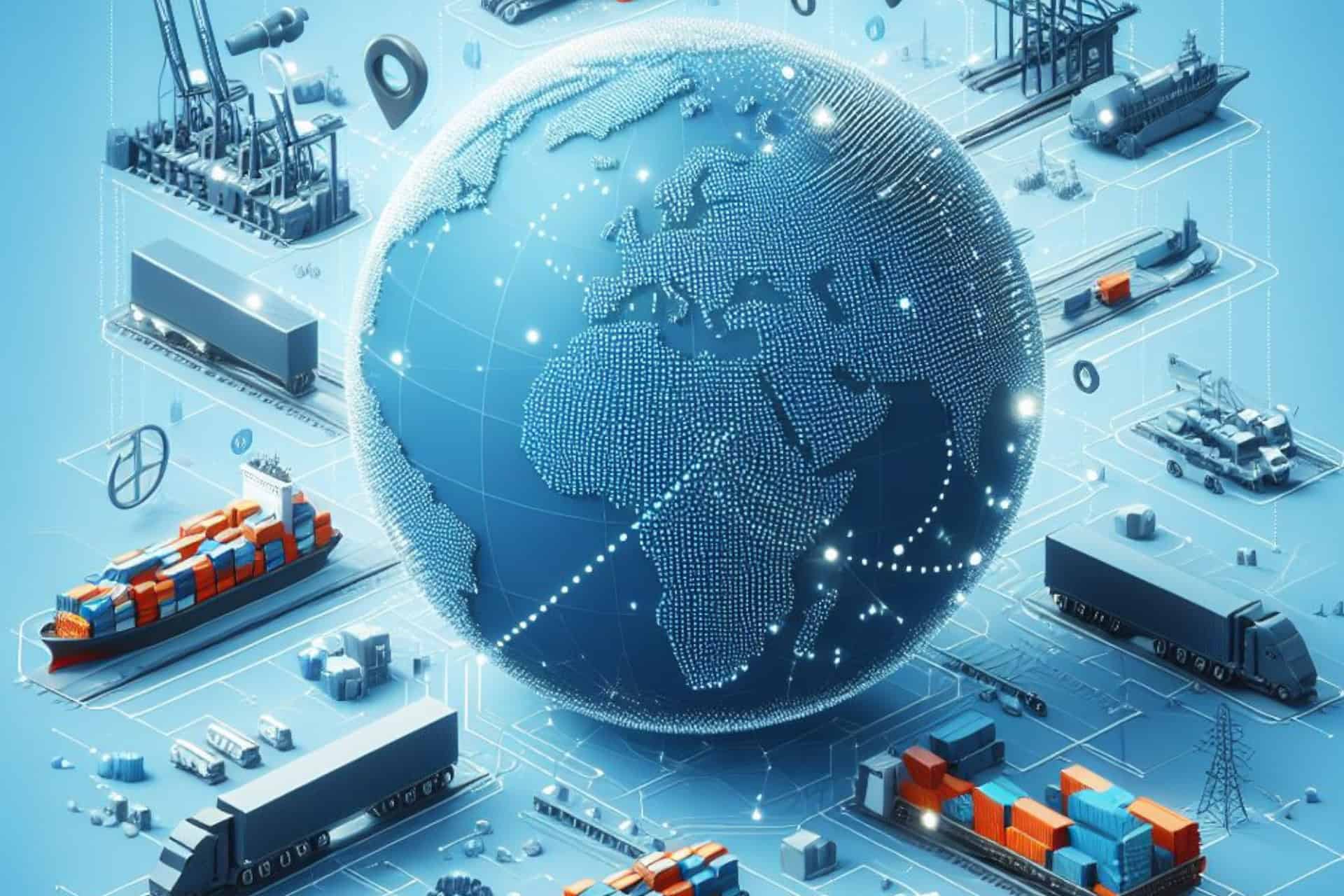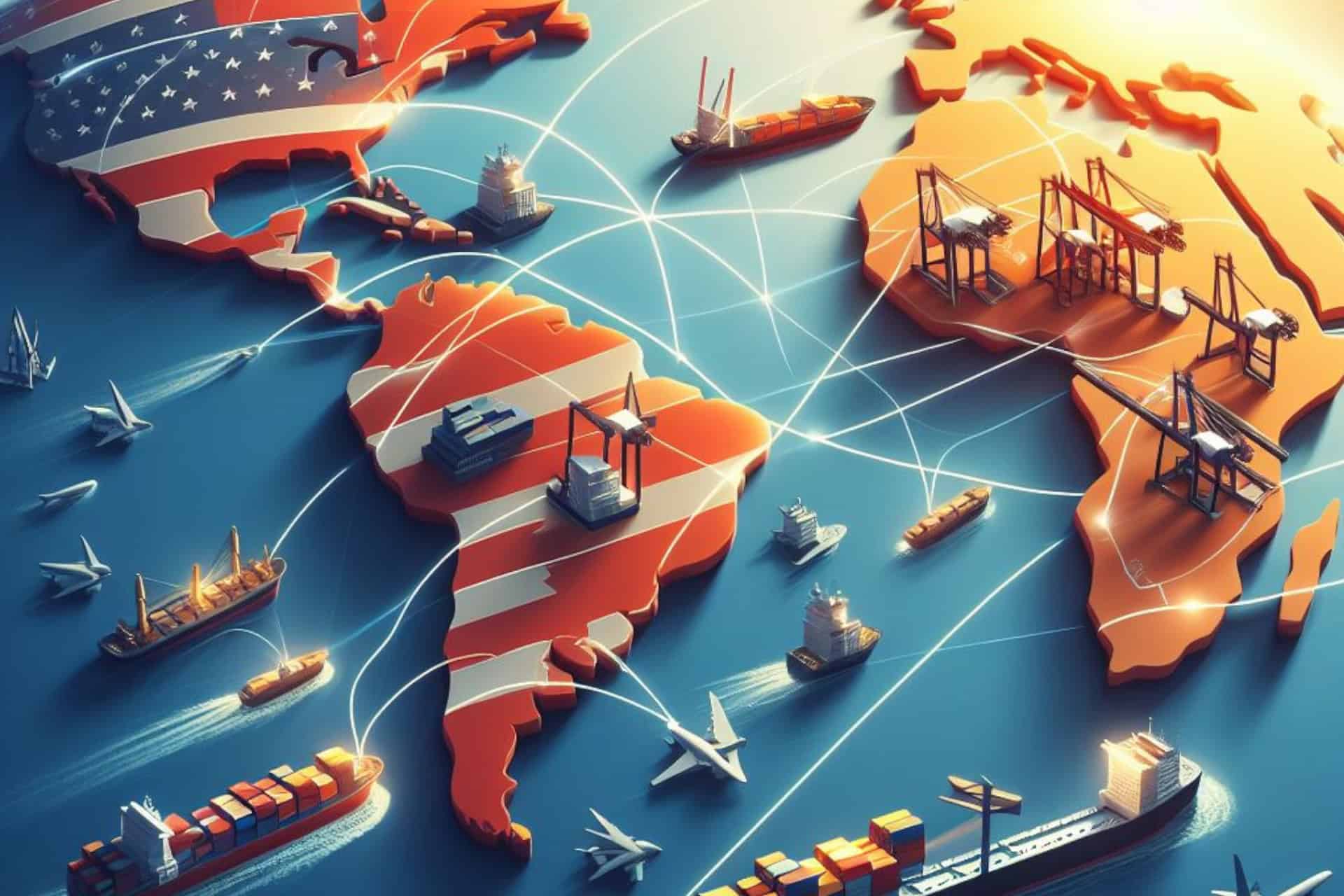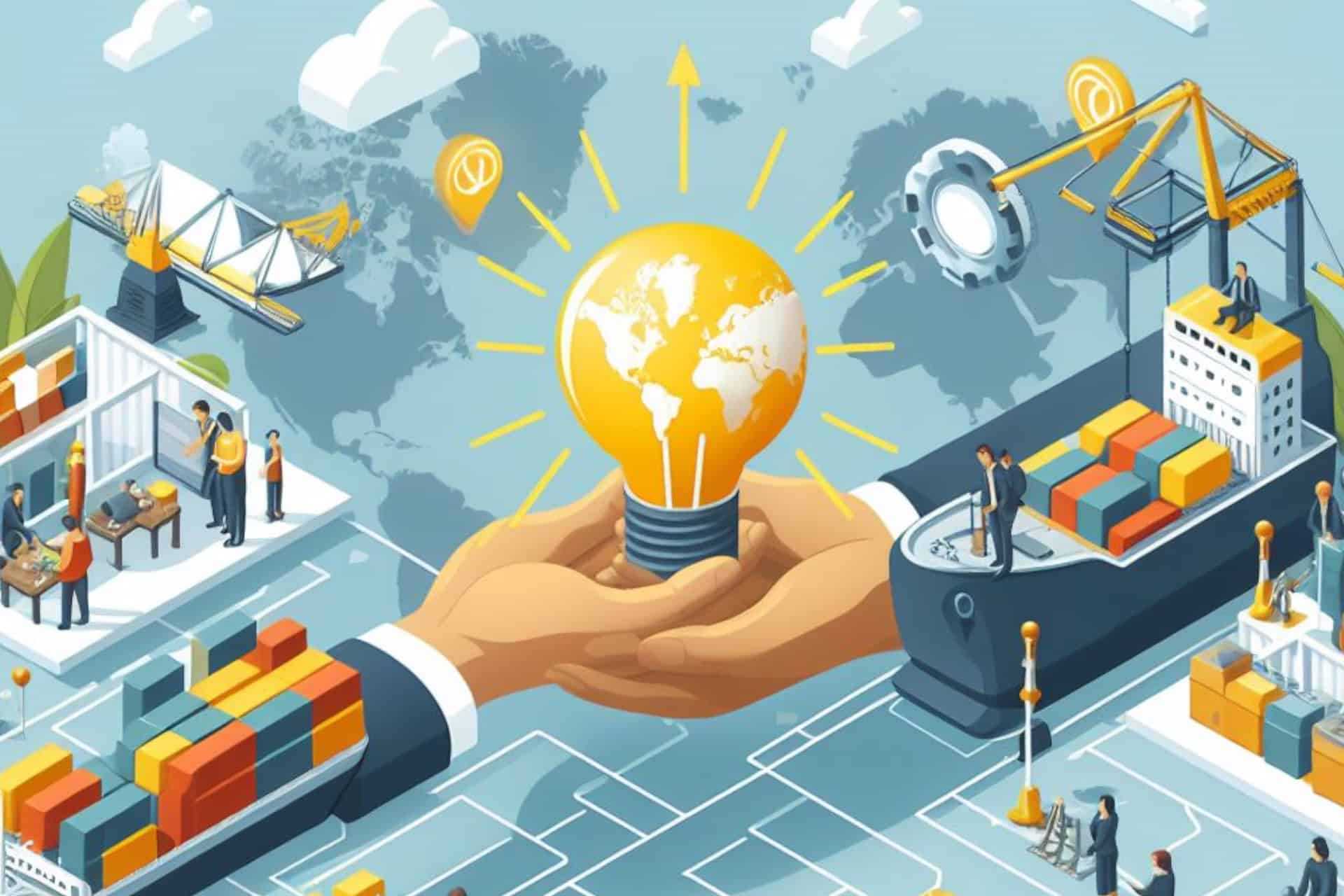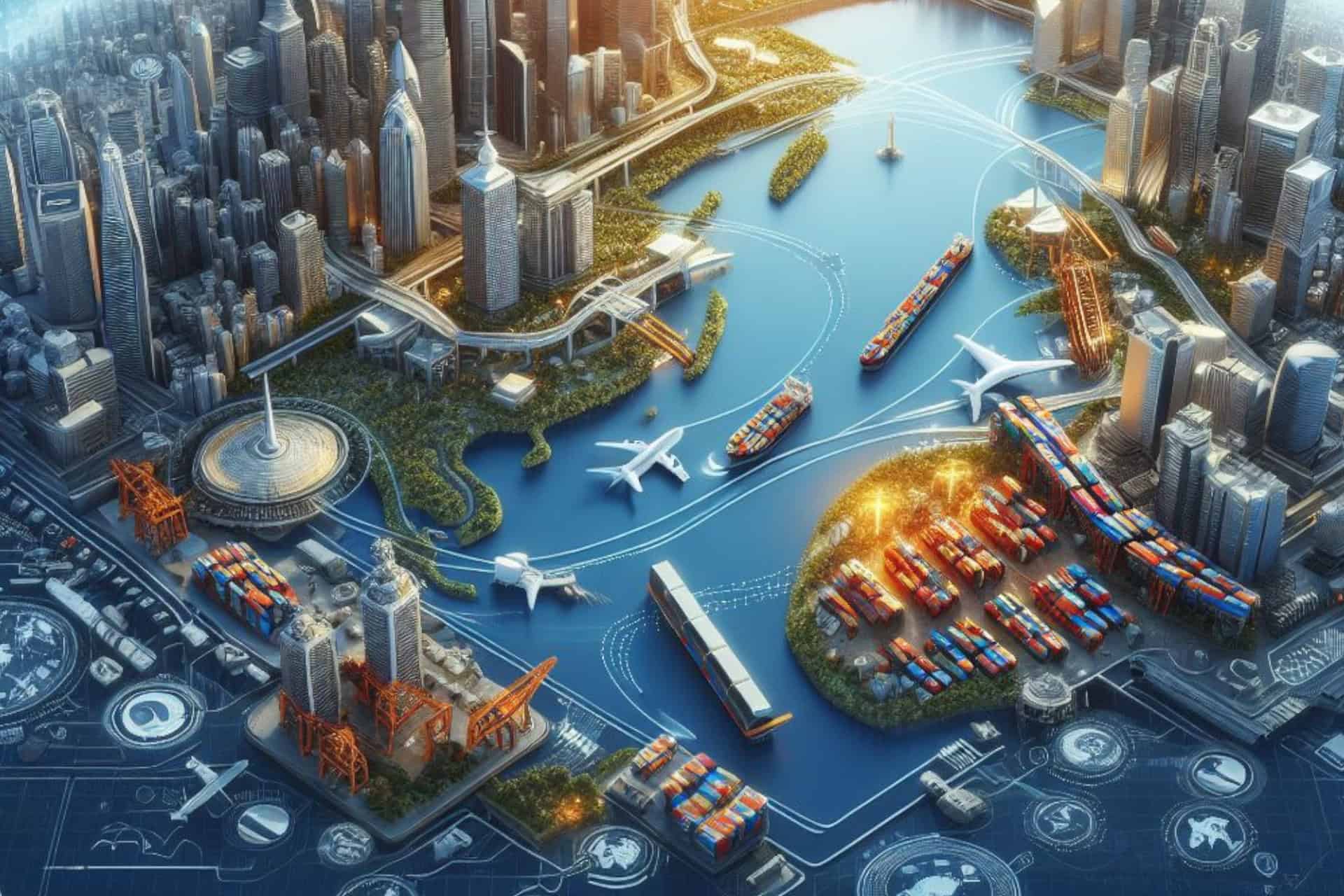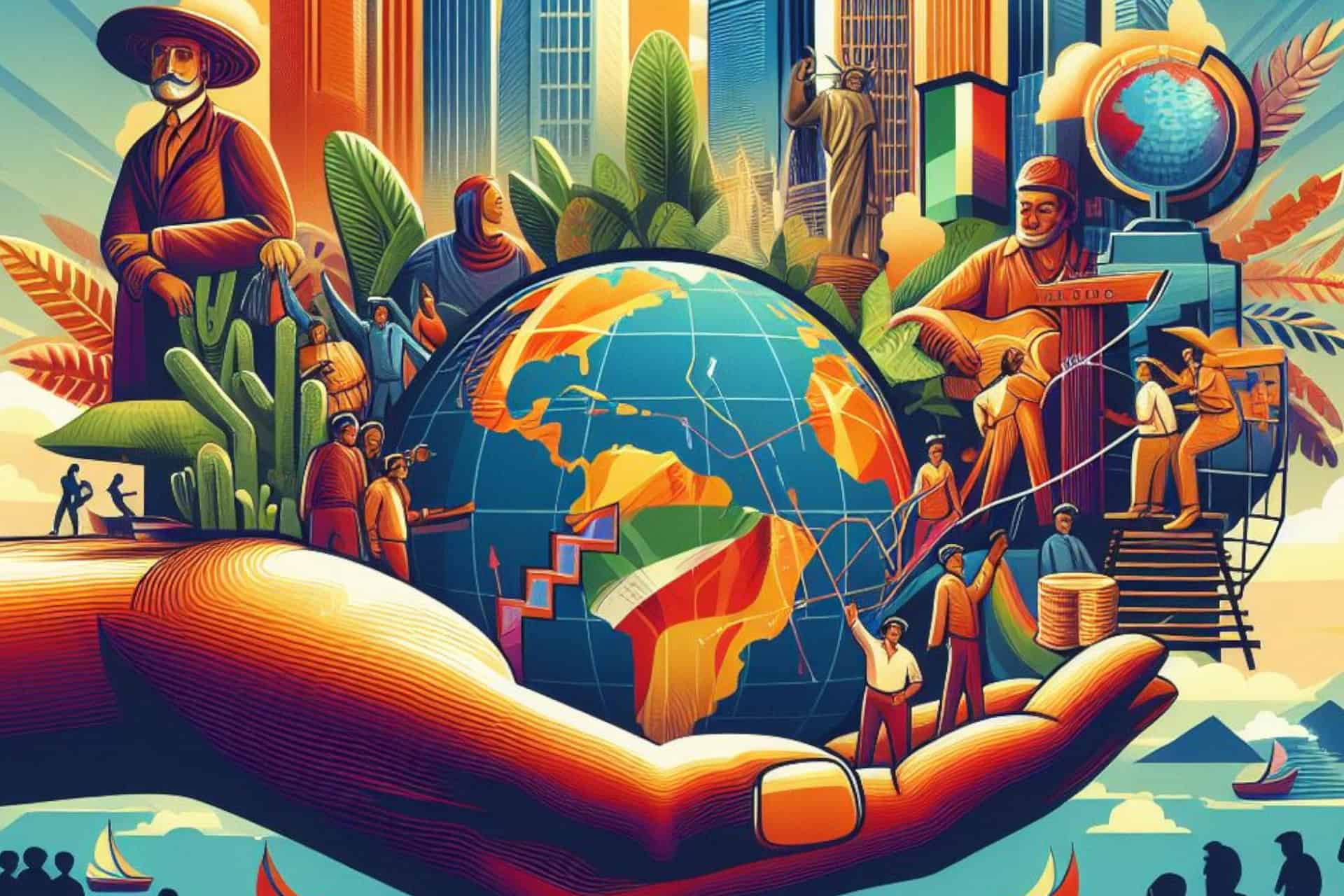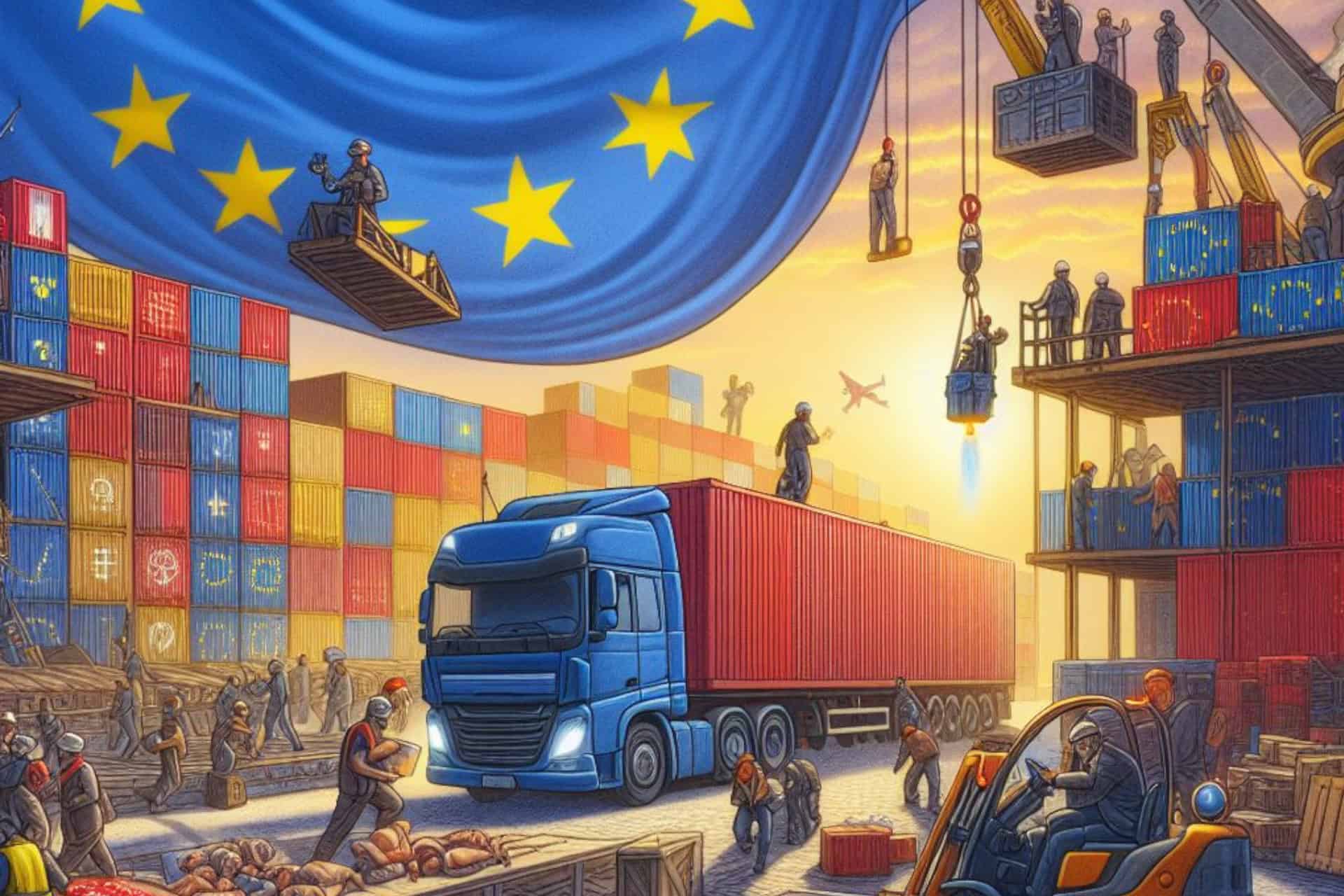The rise of cross-border logistics hubs in Asia signifies a paradigm shift in the global logistics landscape, driven by the convergence of strategic location, advancing technology, and evolving market dynamics. As the region continues to ascend as a powerhouse of global trade, these hubs are poised to play an instrumental role in facilitating seamless cross-border commerce and reshaping the future of logistics.
In the dynamic landscape of global trade, Asia stands at the forefront, emerging as a pivotal region for cross-border logistics hubs. The convergence of strategic location, advancing infrastructure, and burgeoning e-commerce trends has catalyzed the proliferation of these hubs, transforming the logistics sector and redefining supply chain dynamics.
Historically, Asia has always been a nexus for trade, given its geographical advantage as a gateway between the East and the West. However, recent years have witnessed a significant uptick in the establishment of cross-border logistics hubs, fueled by the exponential growth of e-commerce and the consequent surge in demand for efficient, streamlined supply chain solutions.
One of the primary drivers behind the rise of these hubs is the strategic positioning of key Asian countries such as China, Singapore, Malaysia, and Vietnam. These nations serve as pivotal nodes connecting major global markets, facilitating seamless movement of goods across borders. China, with its robust manufacturing base and extensive network of transportation infrastructure, has emerged as a cornerstone of cross-border trade, attracting investments in logistics infrastructure and fostering the development of mega logistics hubs.
Similarly, Singapore has solidified its position as a premier logistics hub in Southeast Asia, leveraging its world-class port facilities and strategic location to serve as a crucial transshipment point for goods moving between Asia and the rest of the world. The country's commitment to innovation and digitalization has further enhanced its appeal, with initiatives such as the Smart Port and the development of logistics tech ecosystems driving efficiency and competitiveness.
Furthermore, Malaysia and Vietnam have emerged as burgeoning logistics hubs, capitalizing on their strategic locations, expanding infrastructure, and growing manufacturing sectors. Malaysia's Port Klang and Vietnam's Cai Mep port complex have seen significant investments aimed at bolstering their capabilities and accommodating the escalating demand for cross-border logistics services.
The advent of e-commerce has been a game-changer, revolutionizing consumer behavior and redefining traditional supply chain models. The rise of online marketplaces has propelled the need for agile, end-to-end logistics solutions capable of seamlessly integrating cross-border operations. As a result, logistics hubs in Asia are evolving to meet these demands, incorporating advanced technologies such as IoT, AI, and blockchain to optimize processes, enhance visibility, and ensure the swift movement of goods across borders.
Moreover, the COVID-19 pandemic has underscored the importance of resilient and adaptable supply chains, further accentuating the role of cross-border logistics hubs in ensuring continuity amidst disruptions. The ability of these hubs to pivot swiftly, navigate changing regulations, and mitigate risks has positioned them as indispensable components of the global supply chain ecosystem.
Looking ahead, the trajectory of cross-border logistics hubs in Asia appears poised for continued growth and innovation. As trade volumes surge, fueled by the burgeoning e-commerce landscape and evolving consumer preferences, the demand for efficient, interconnected logistics solutions will only intensify. By harnessing technological advancements, fostering collaboration, and investing in infrastructure, Asia is primed to solidify its position as a cornerstone of global trade, with cross-border logistics hubs serving as the linchpin of this transformation.
#CrossBorderLogistics #AsiaTrade #SupplyChainSolutions #Ecommerce #LogisticsInnovation #GlobalTrade #Digitalization #SupplyChainResilience #InfrastructureDevelopment #LogisticsTechnology
Read more views




